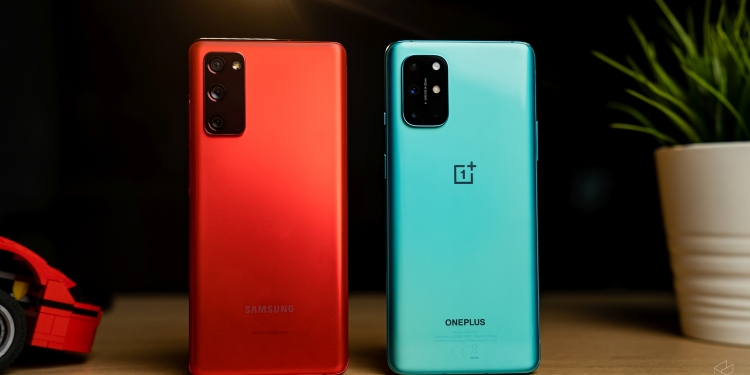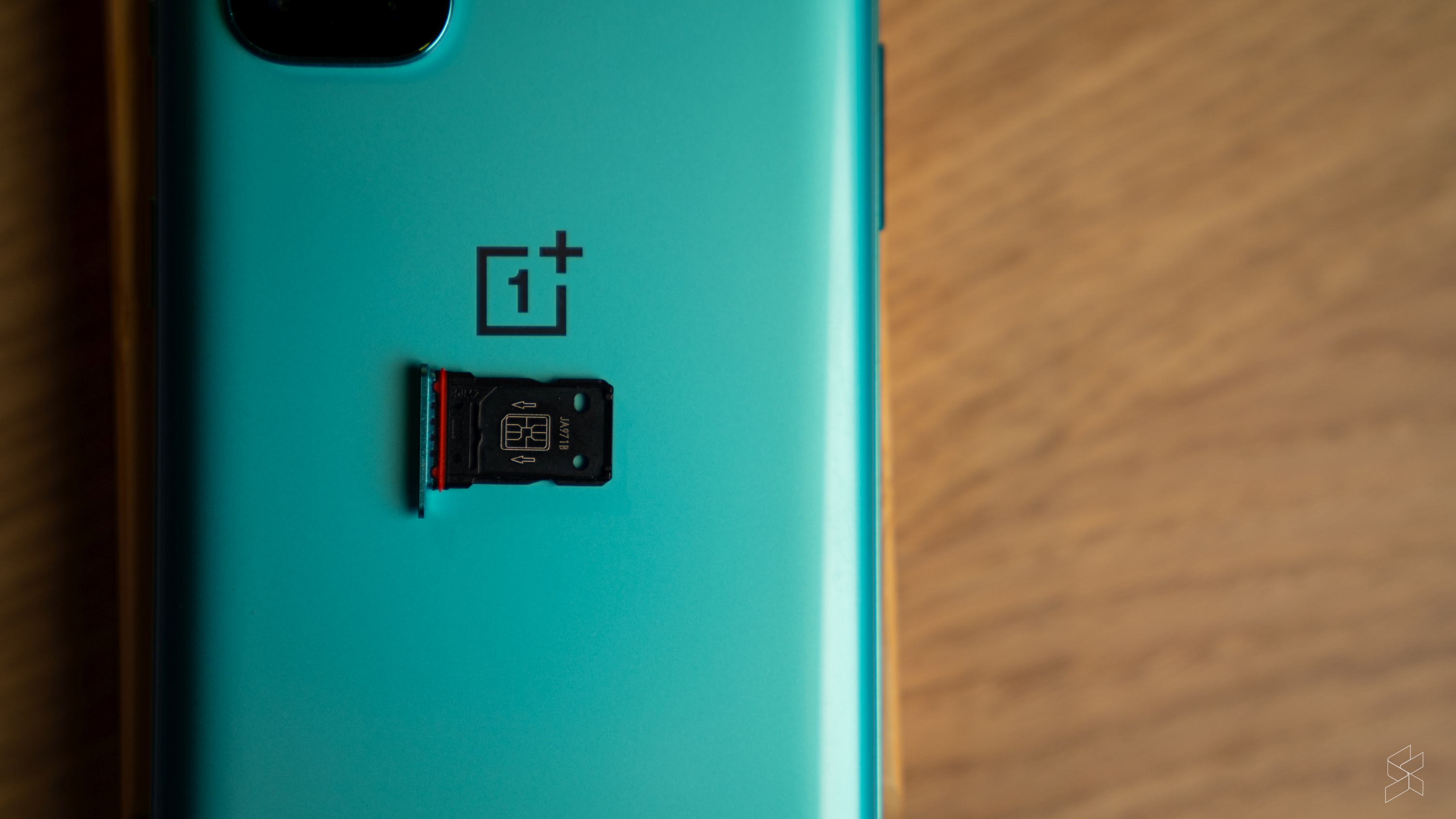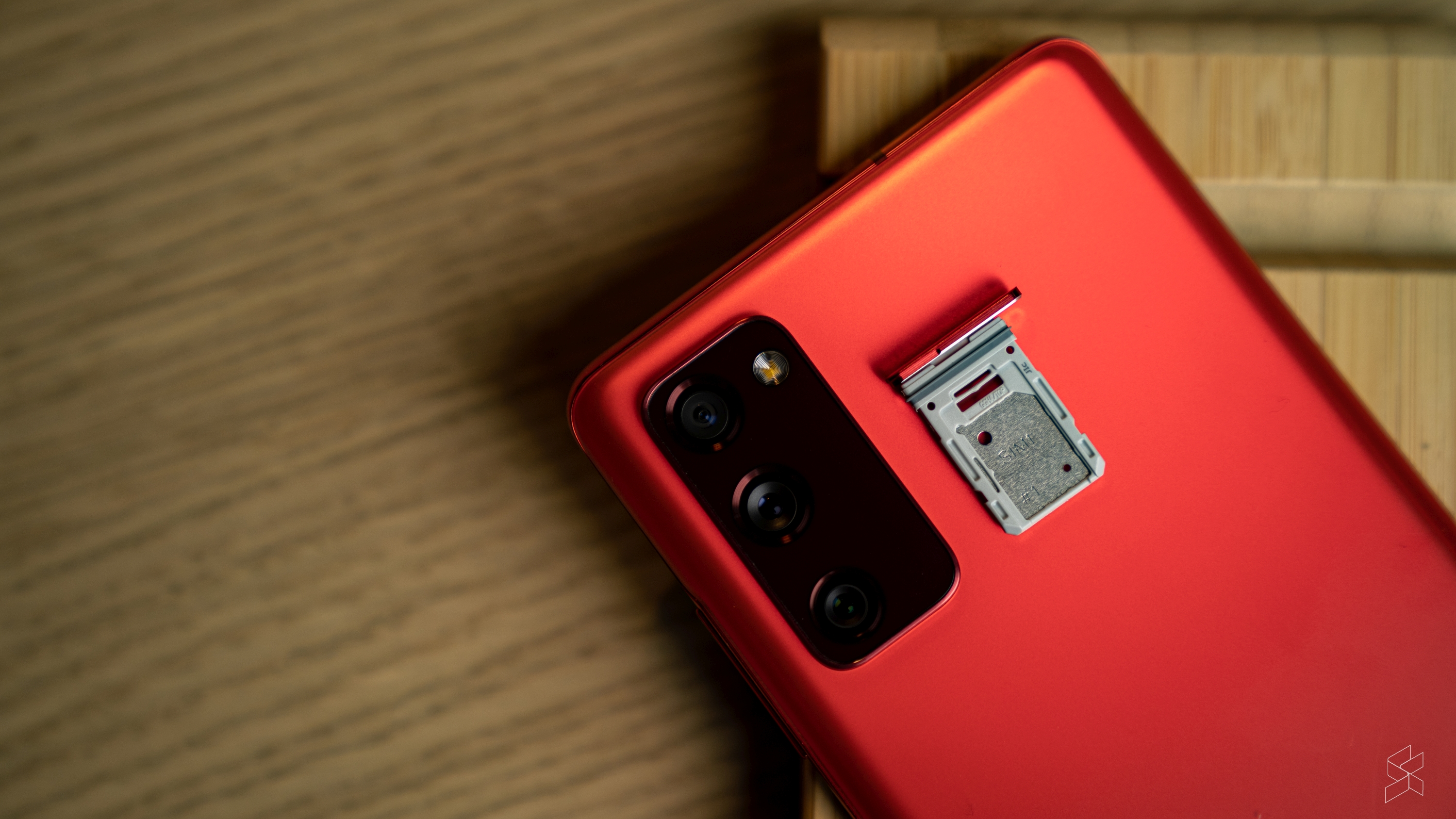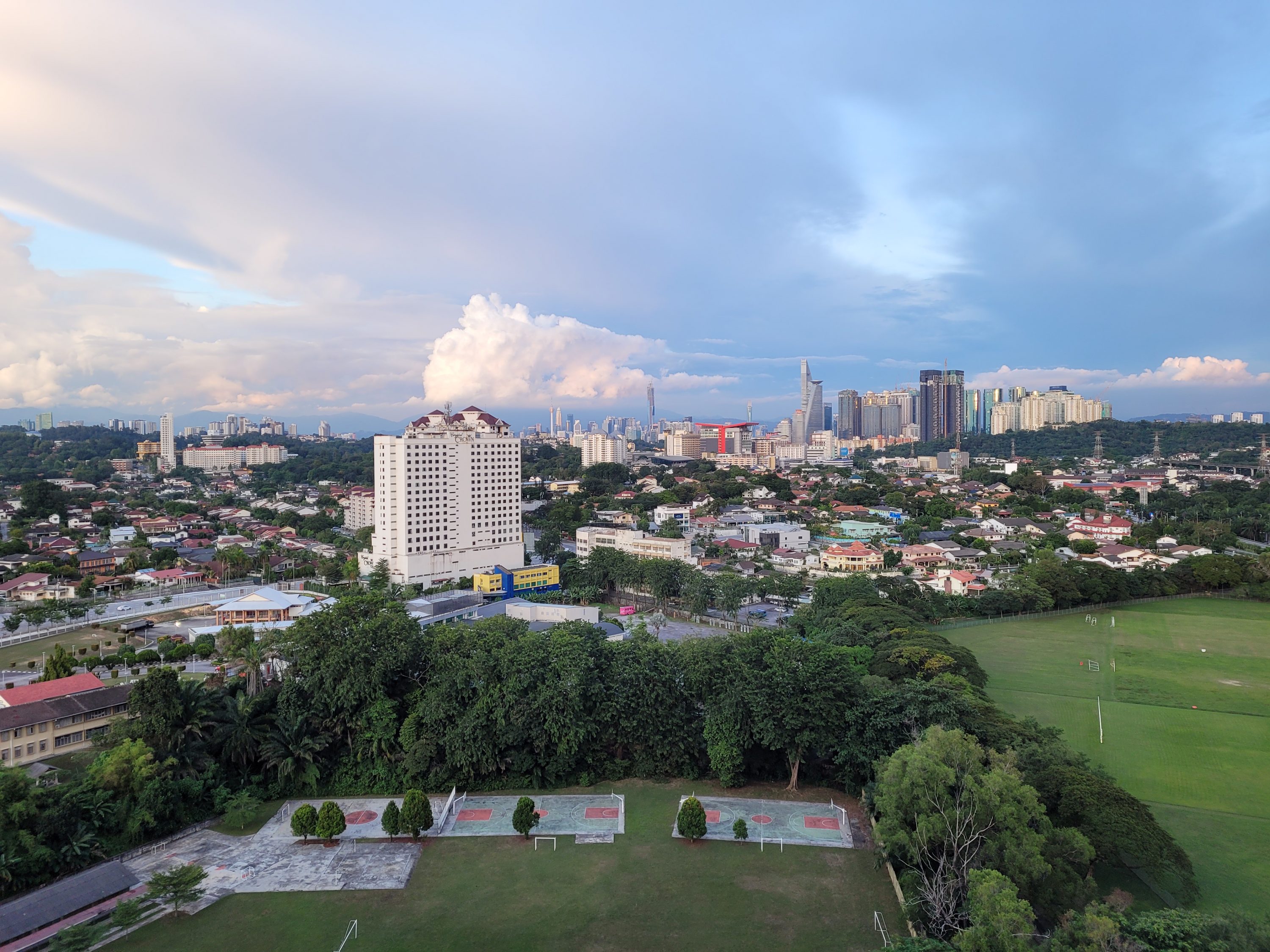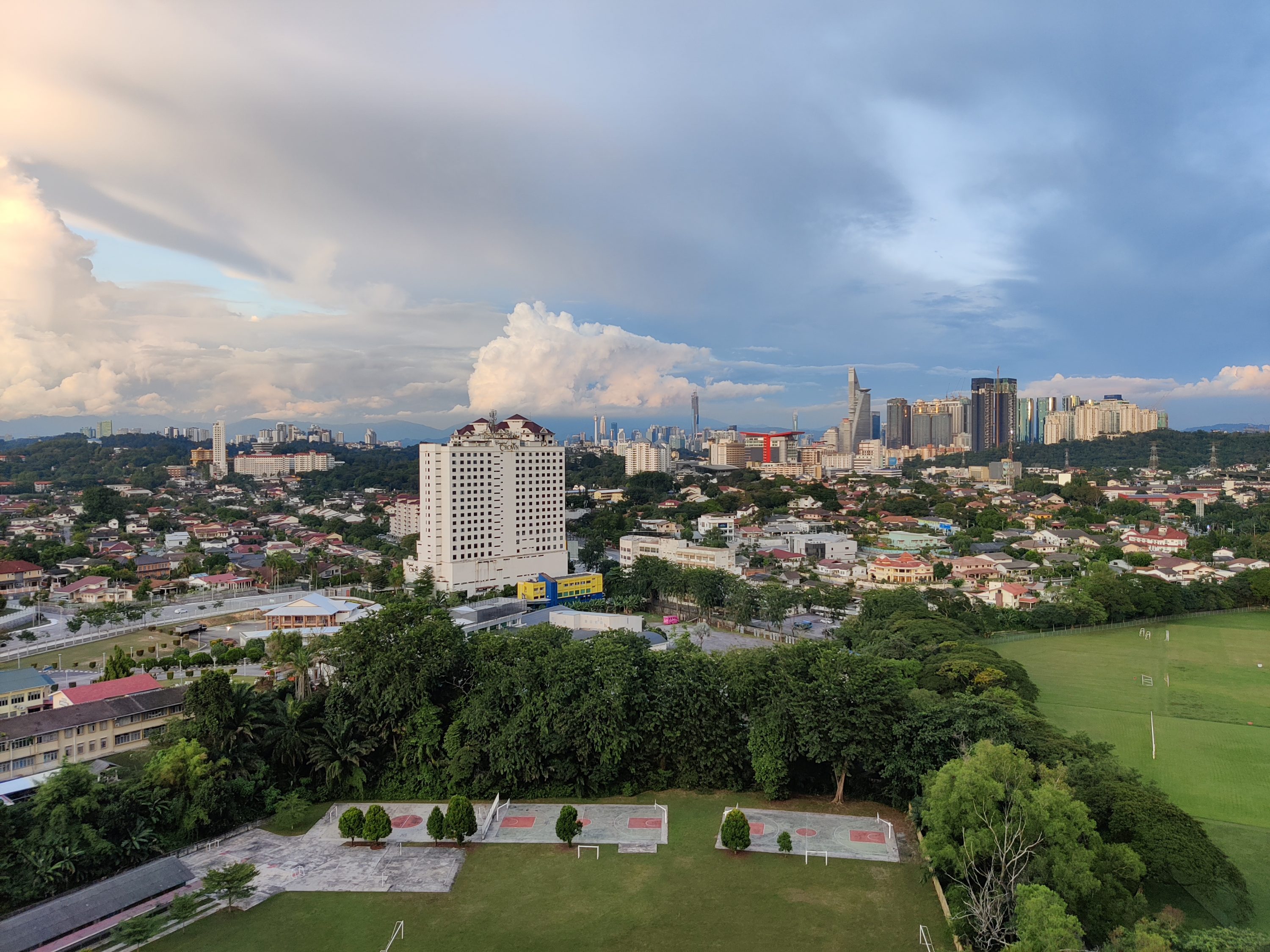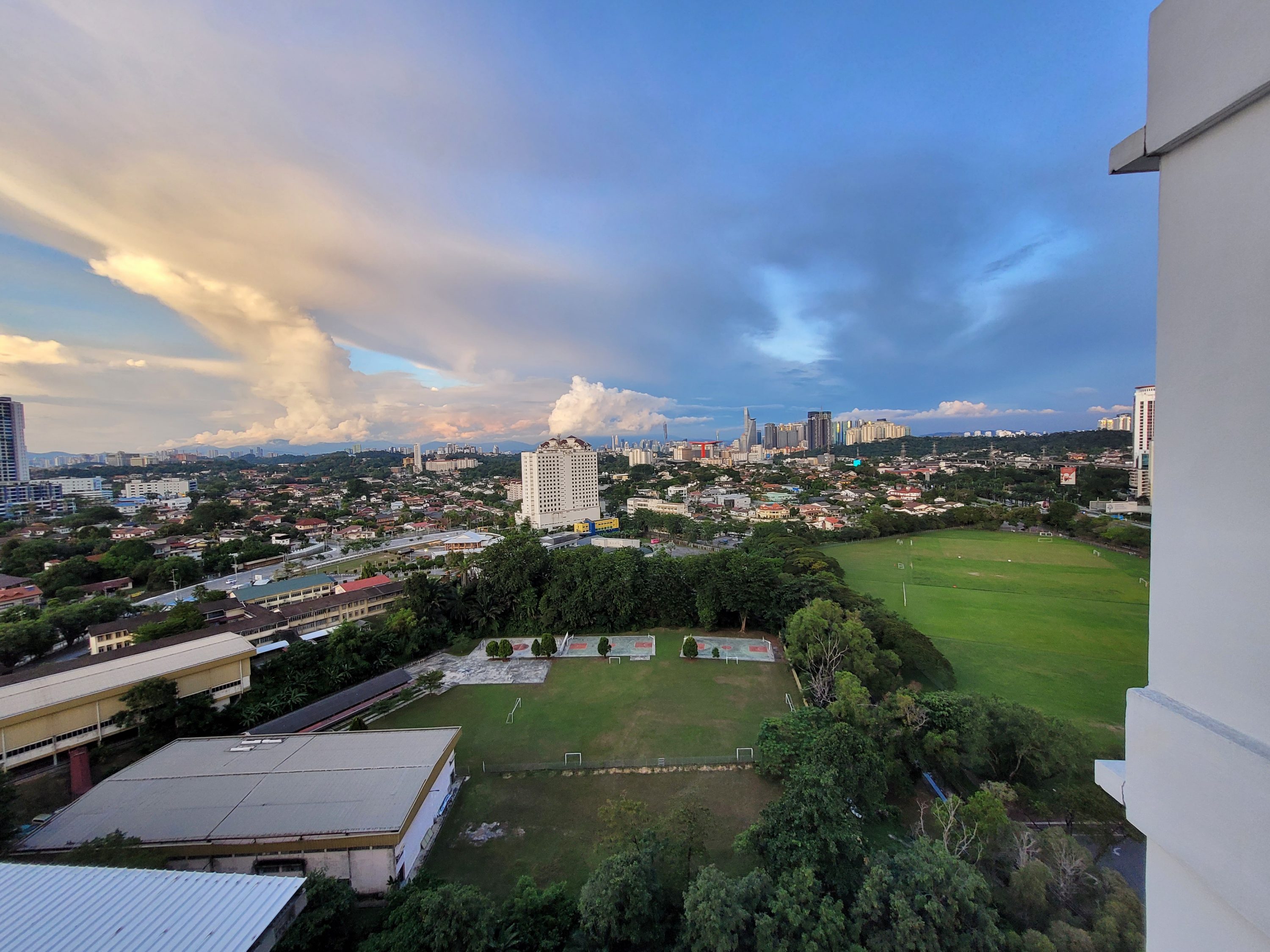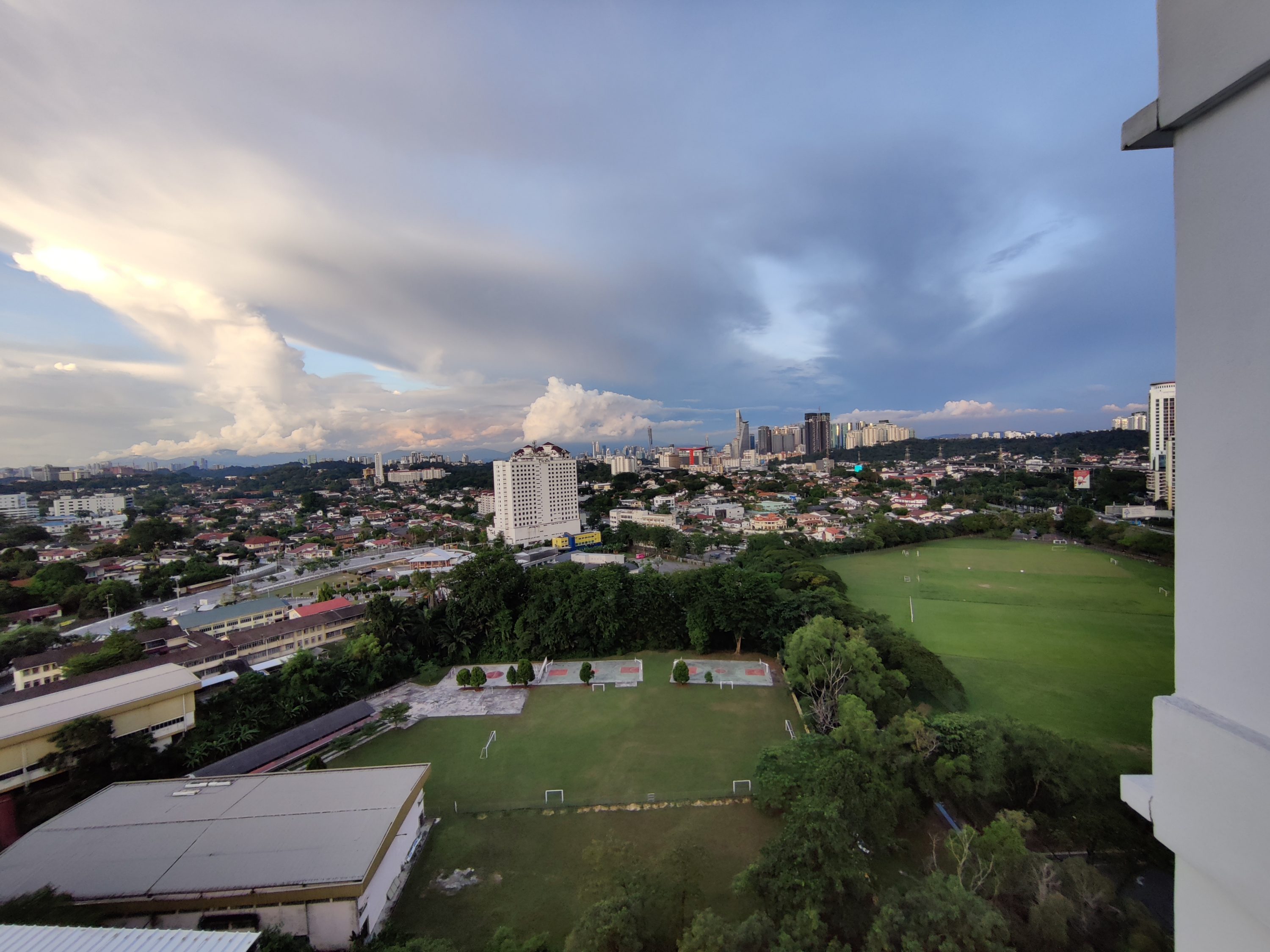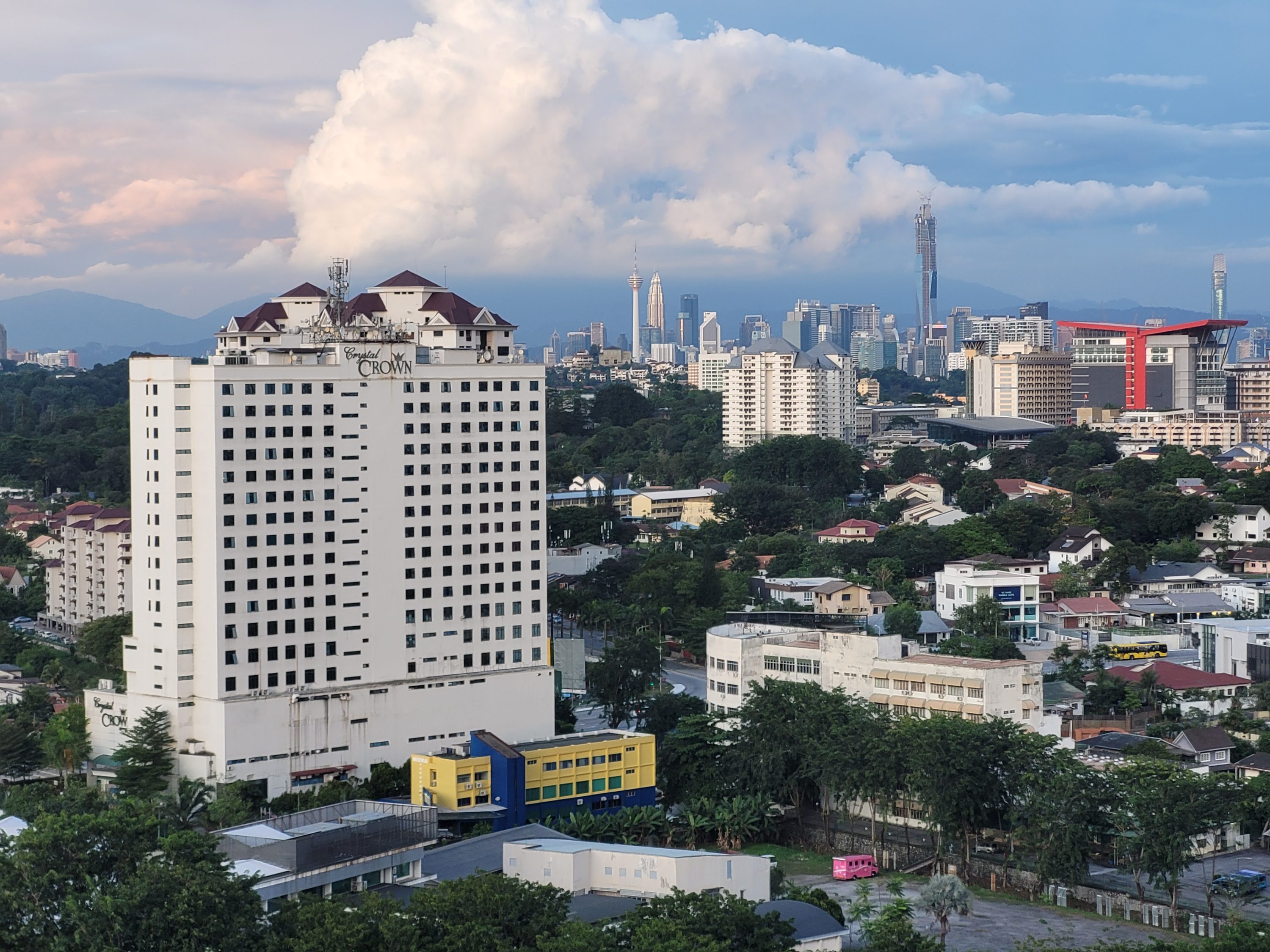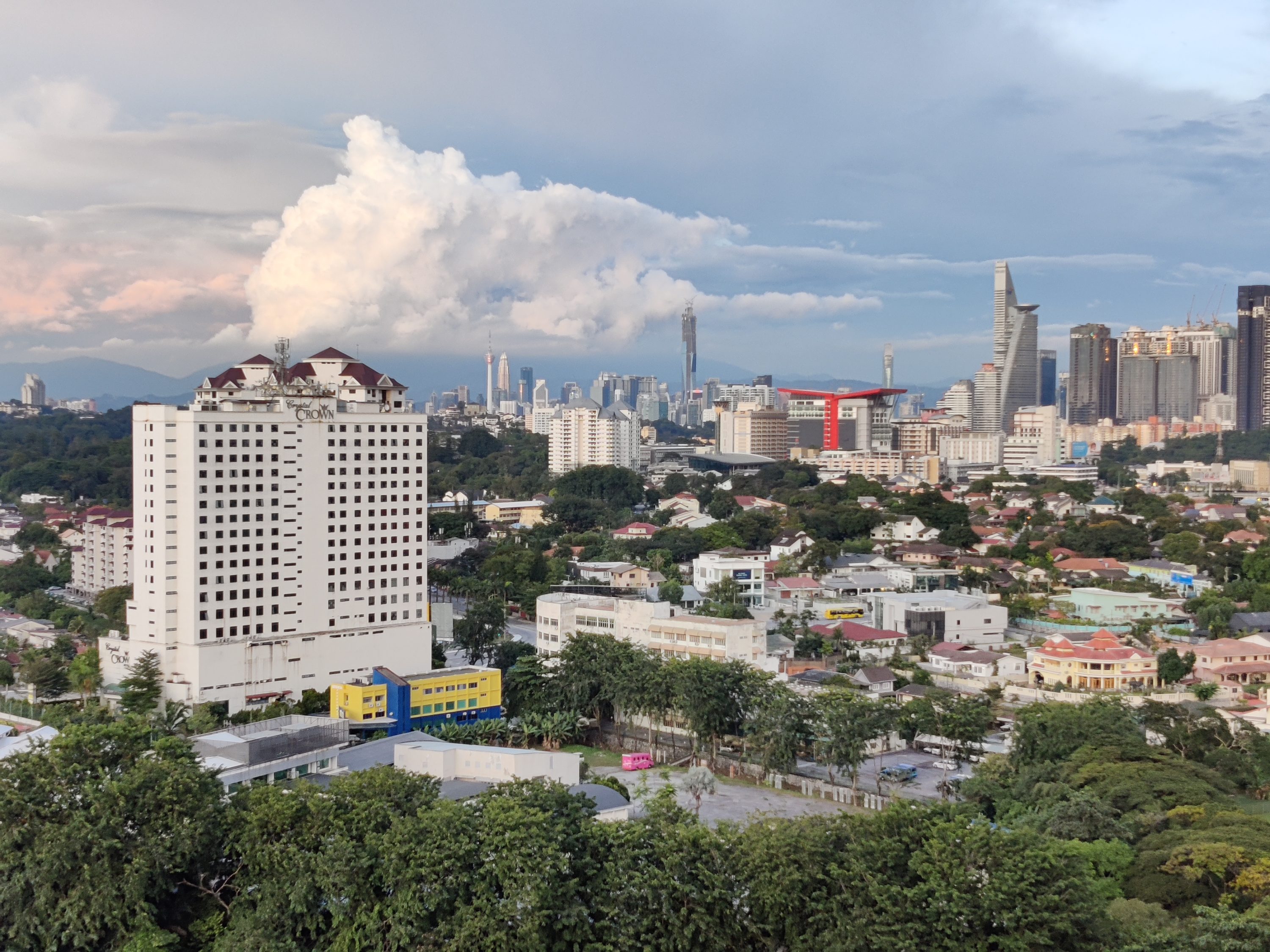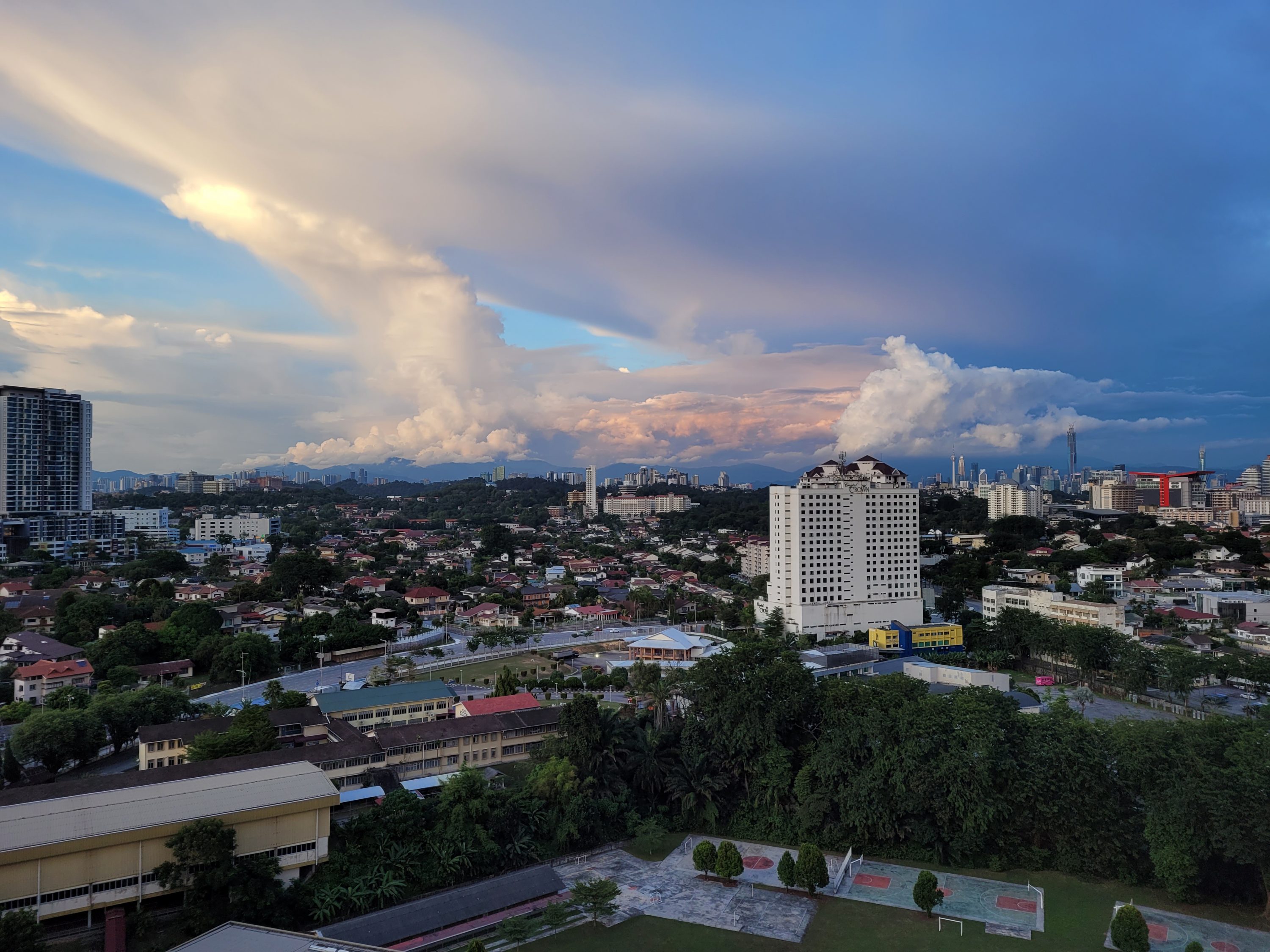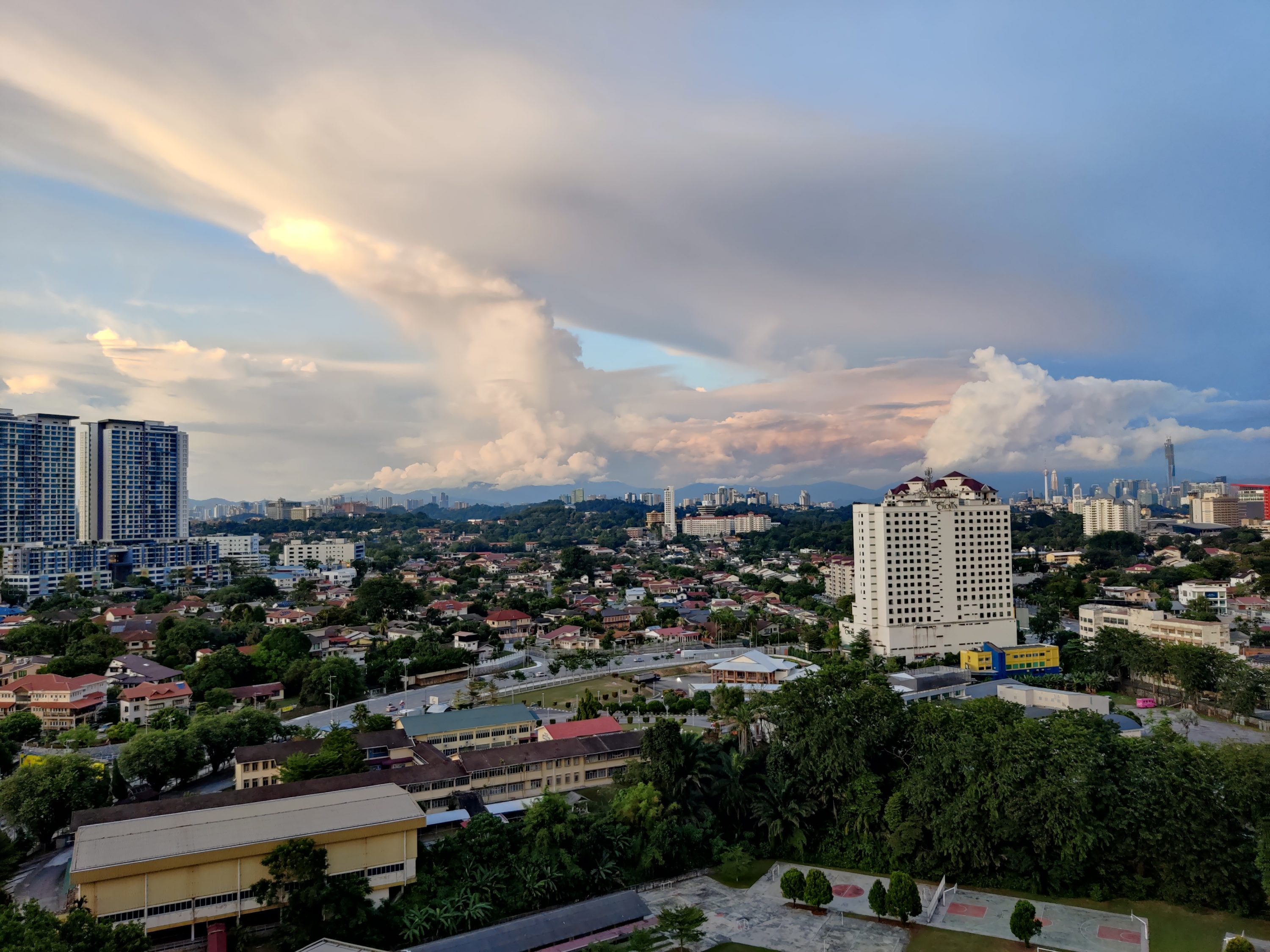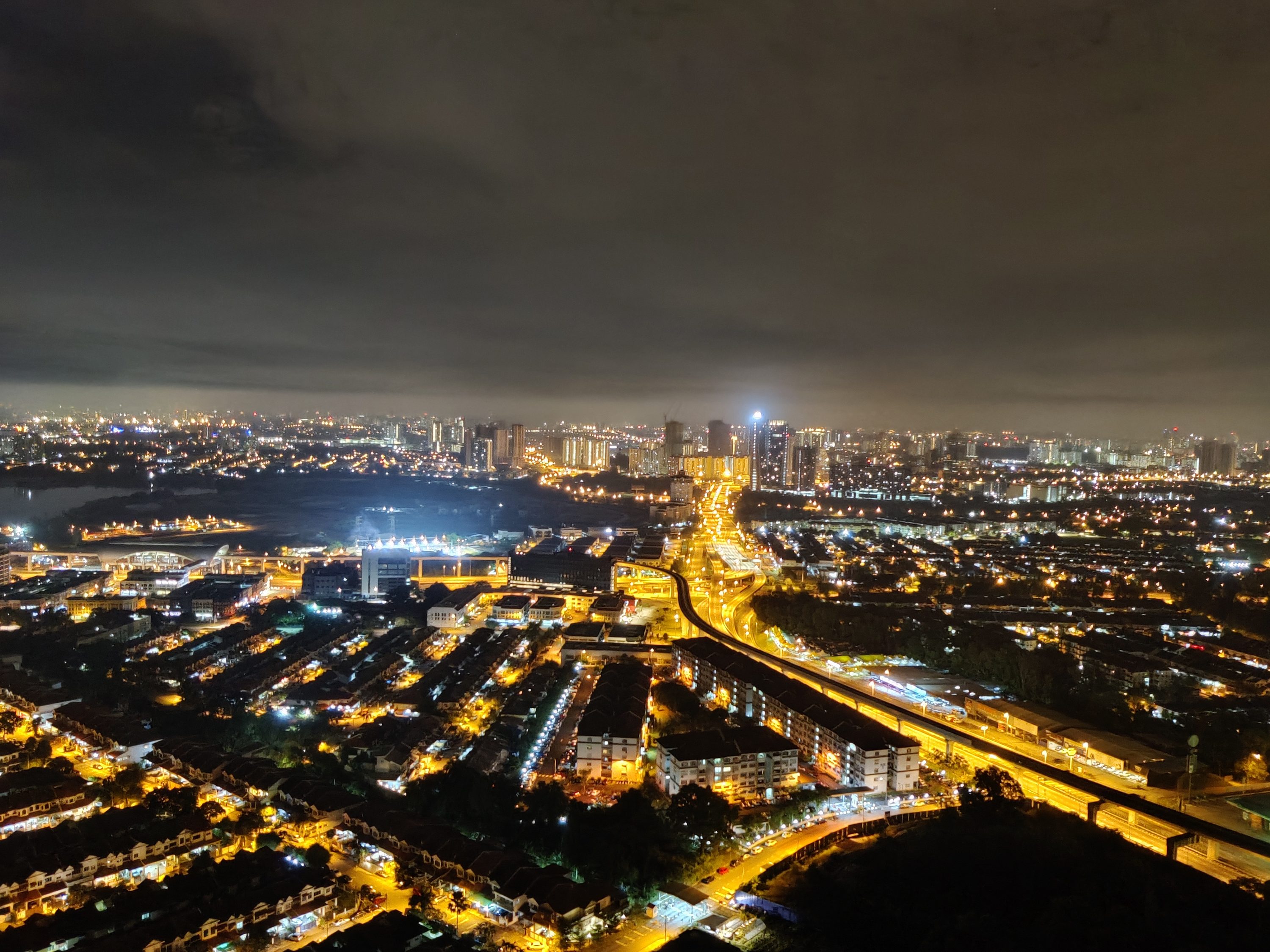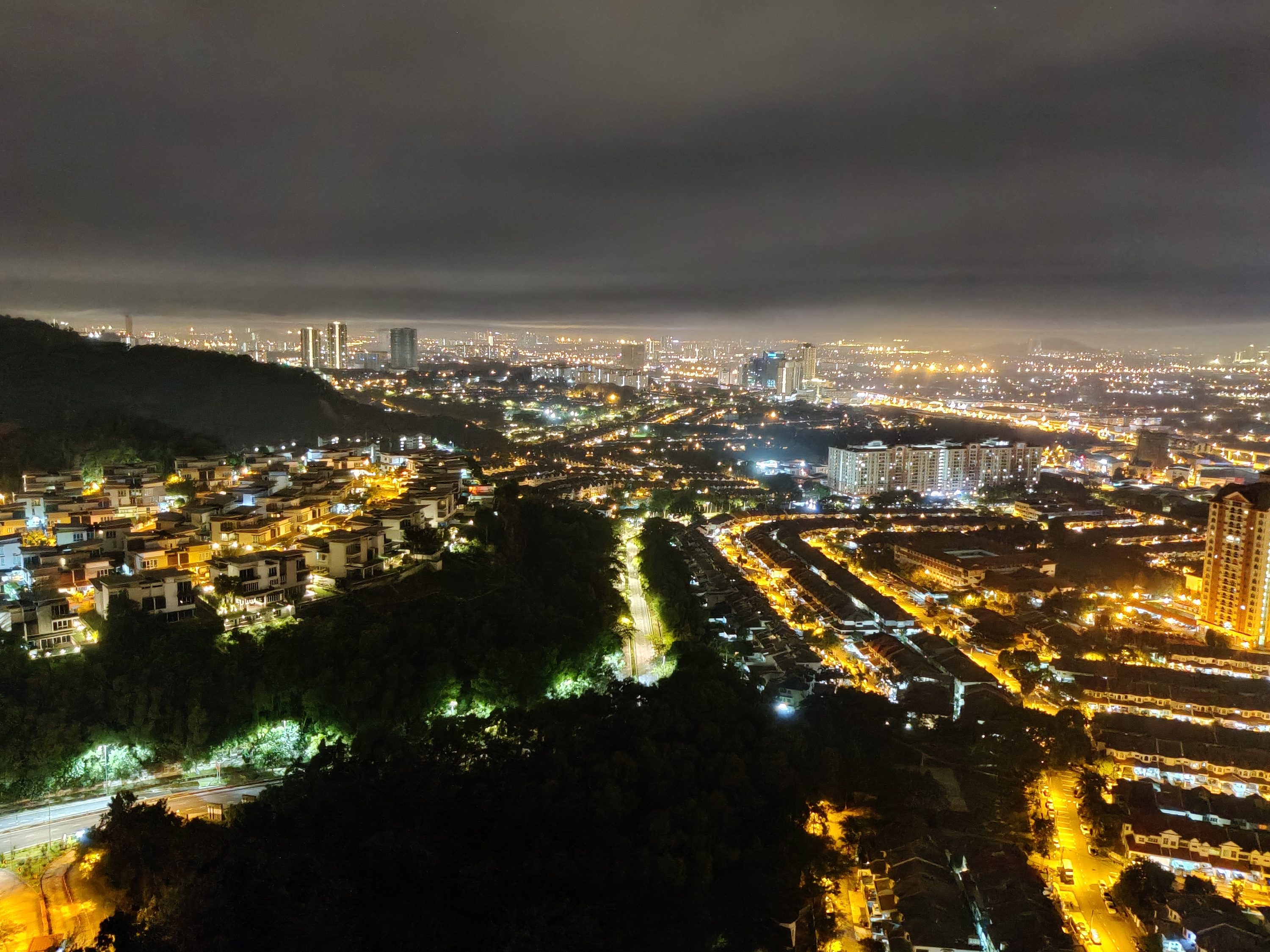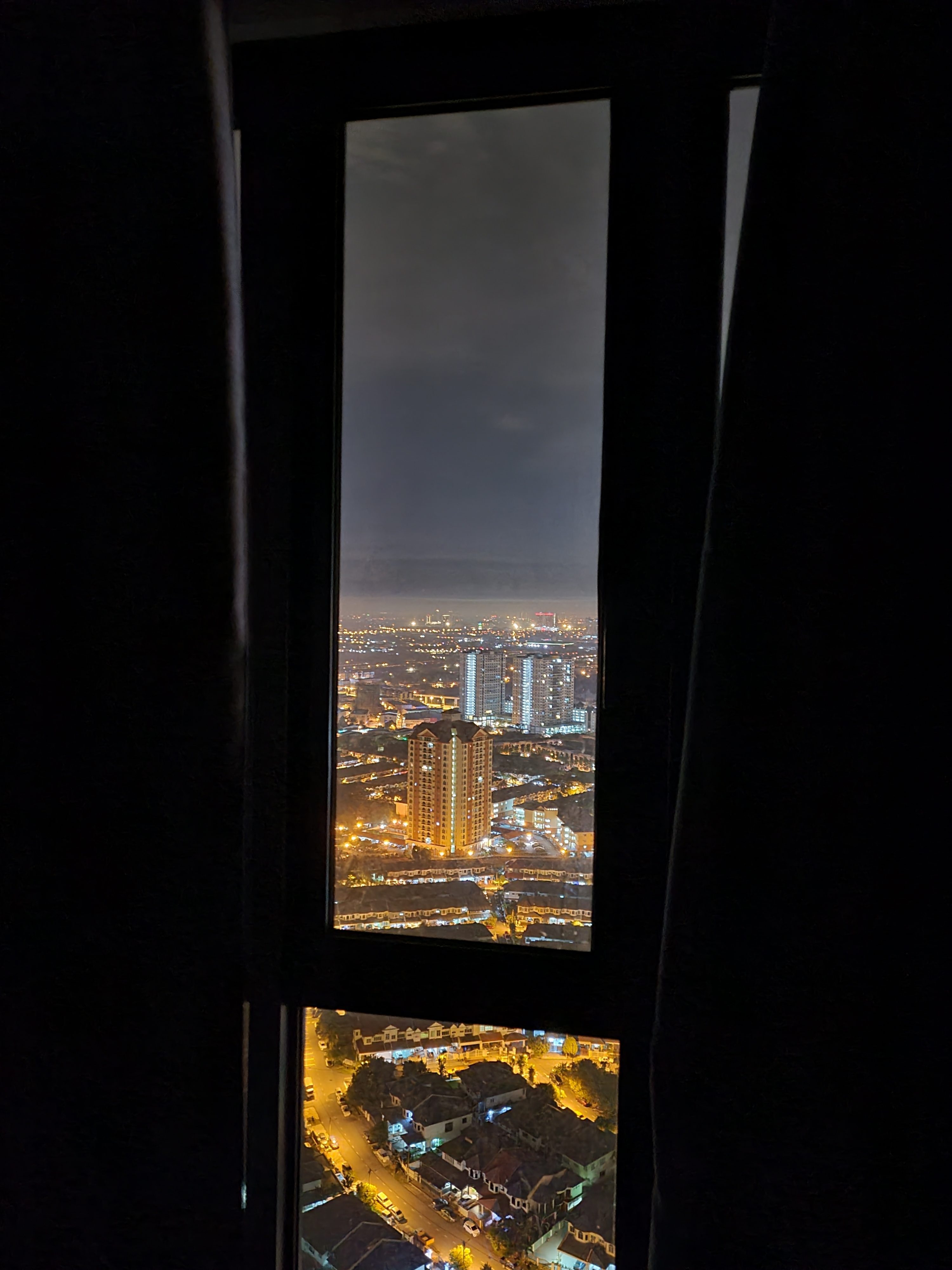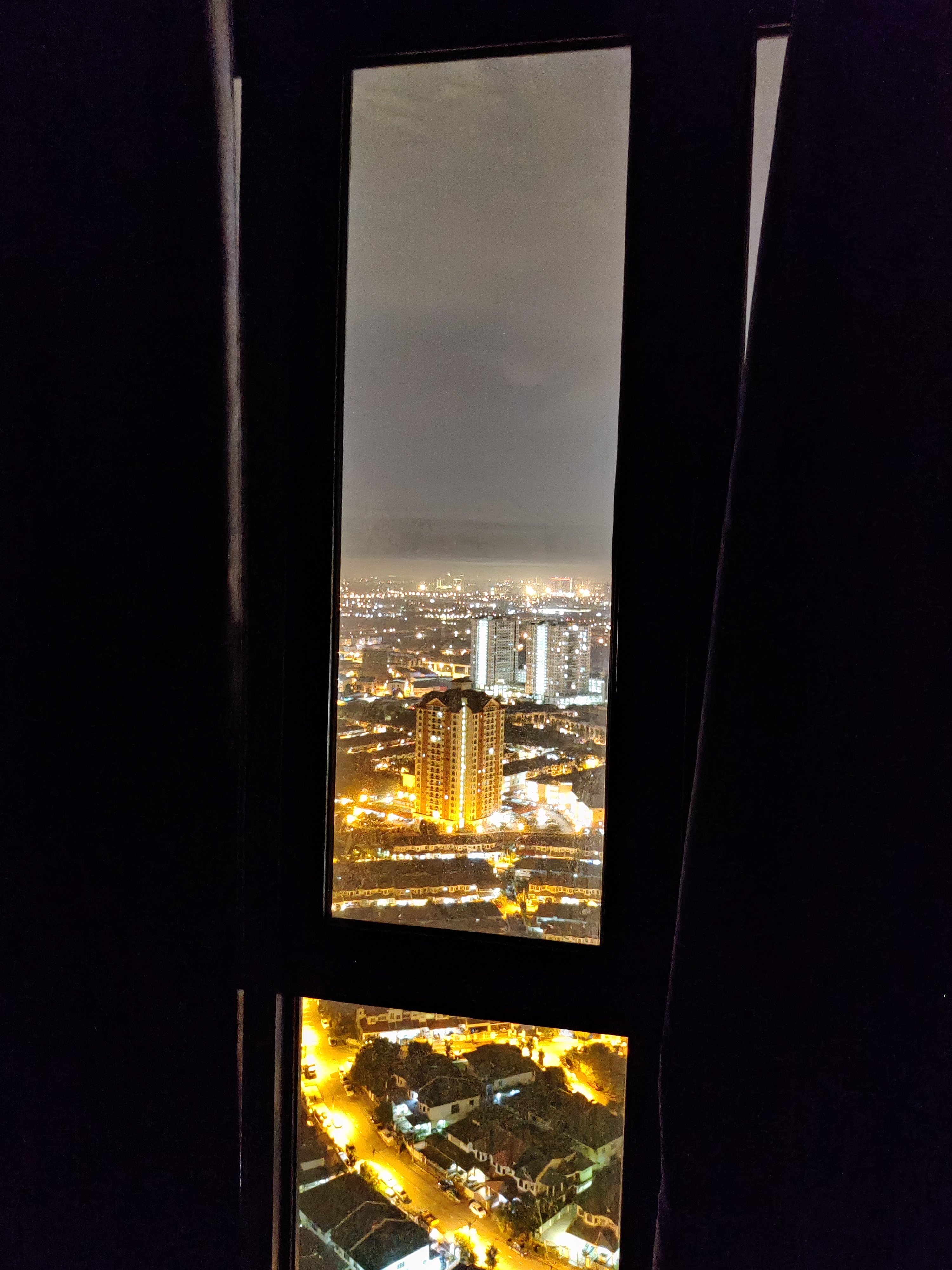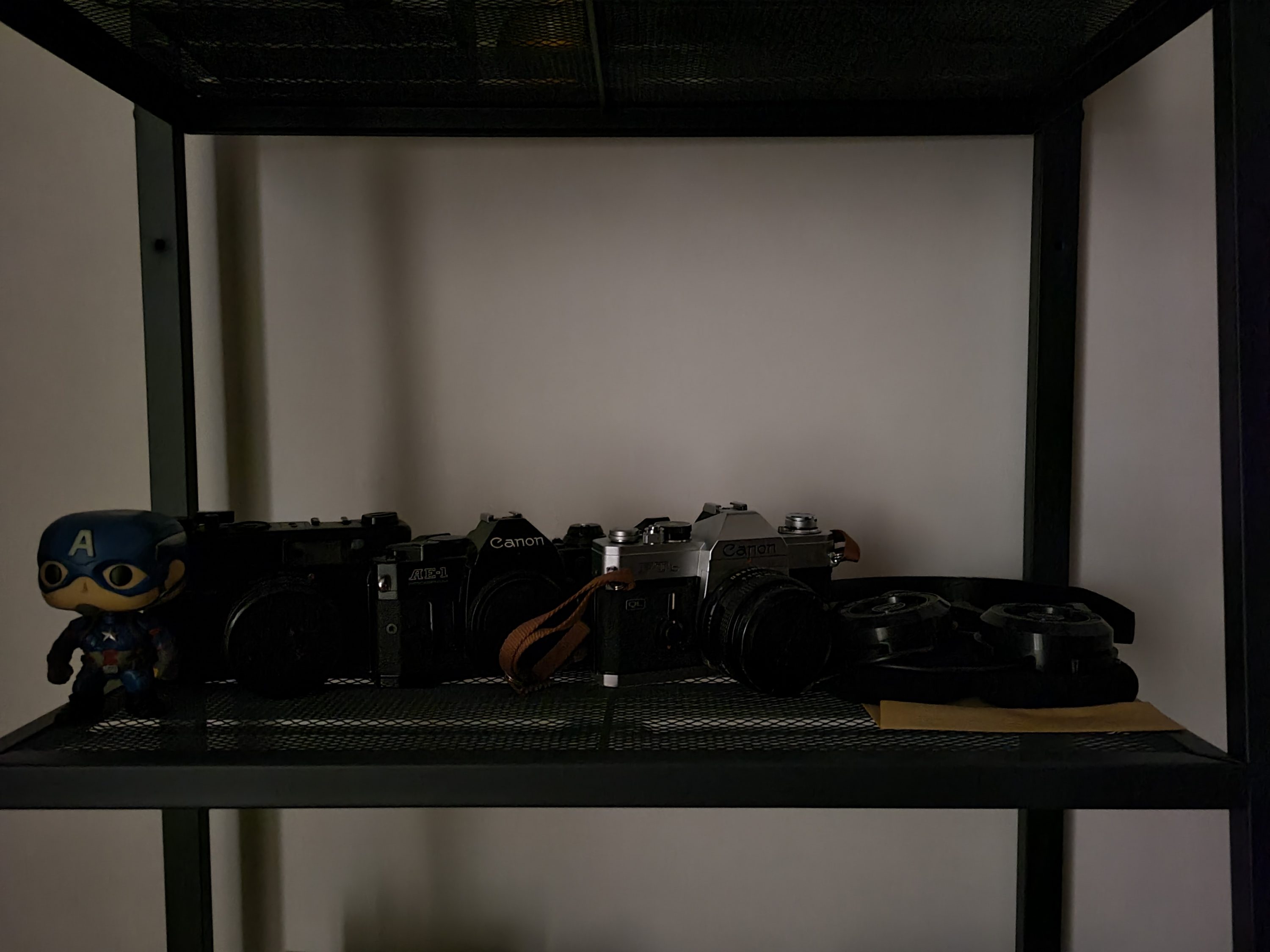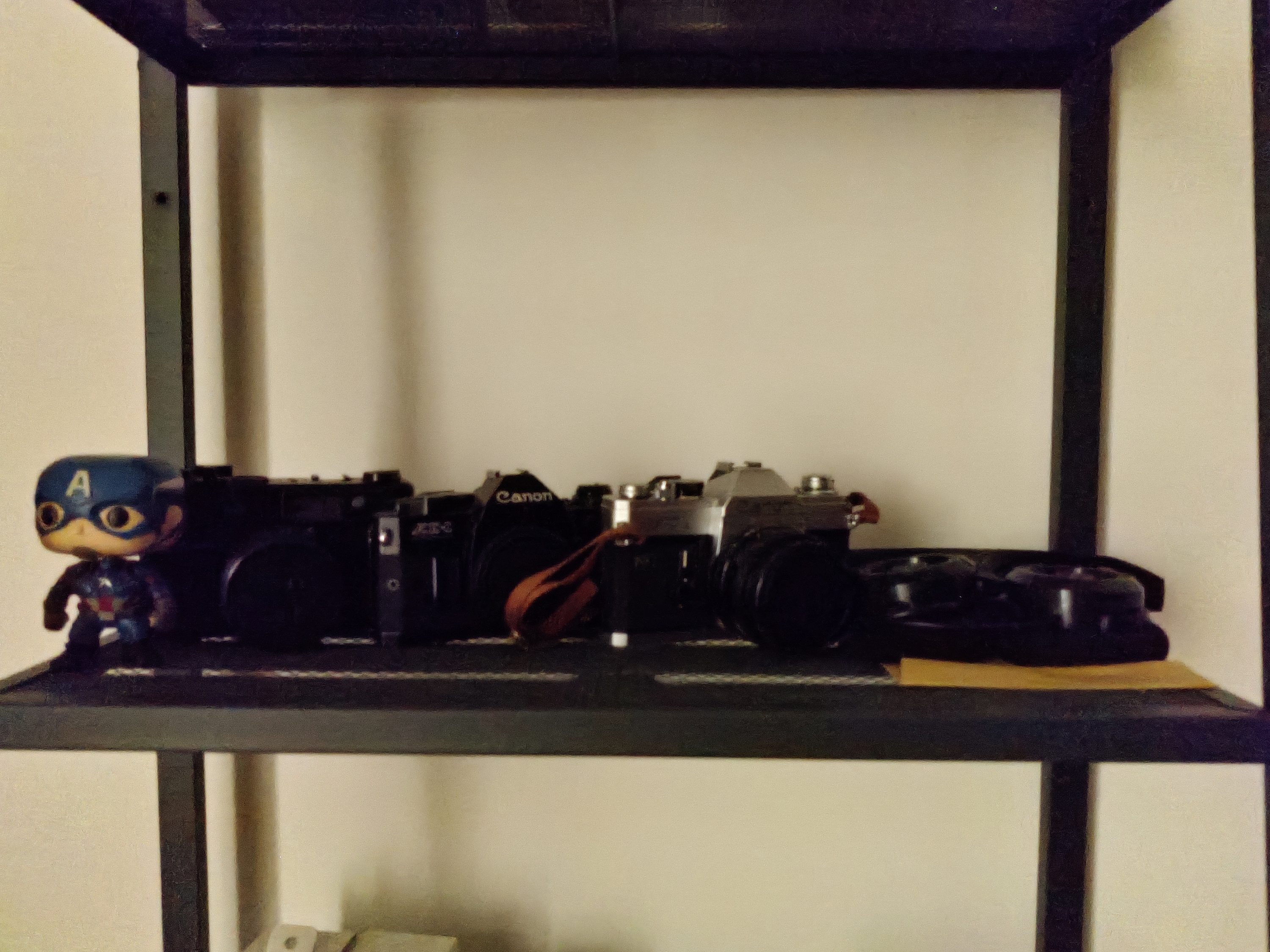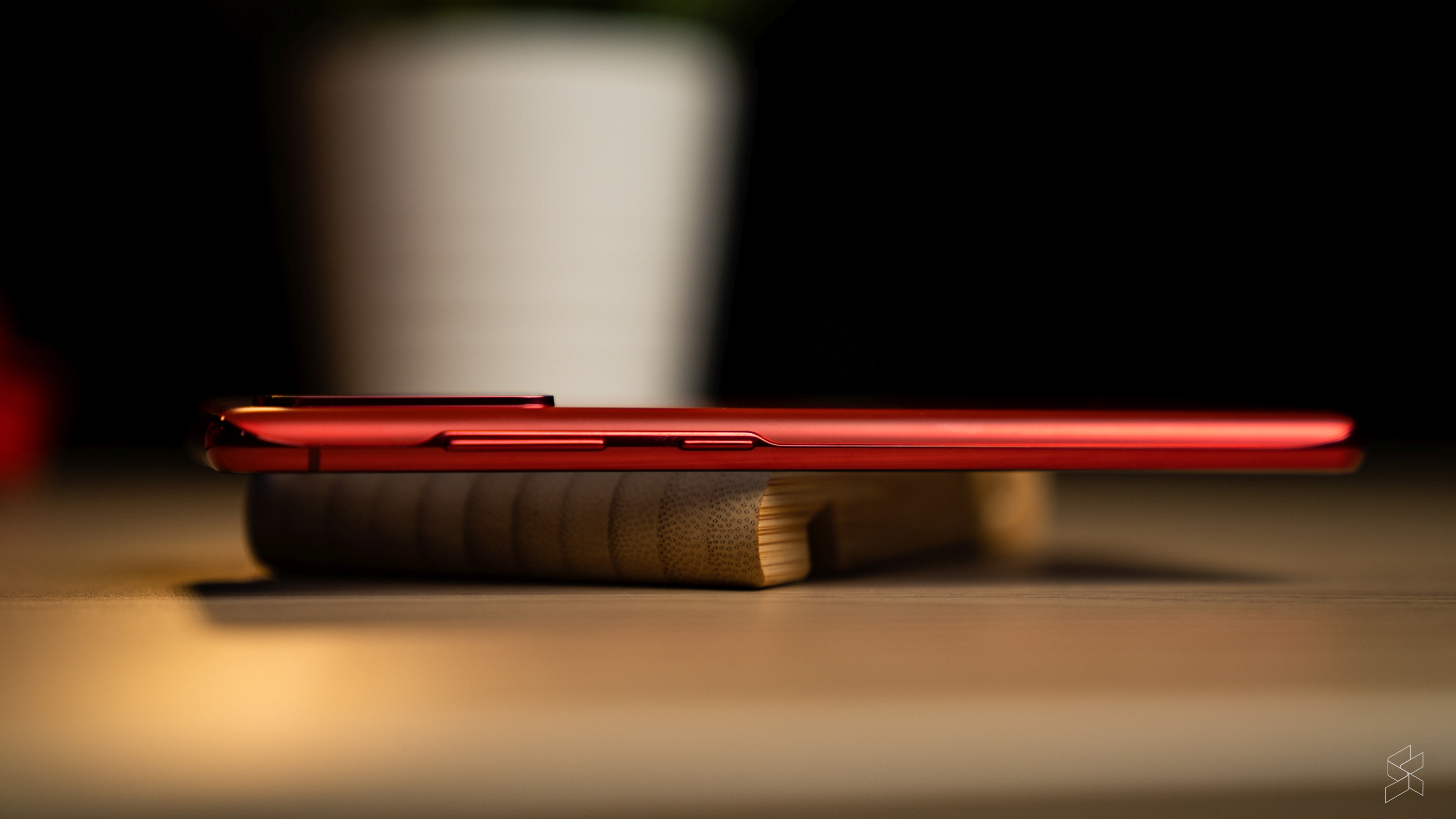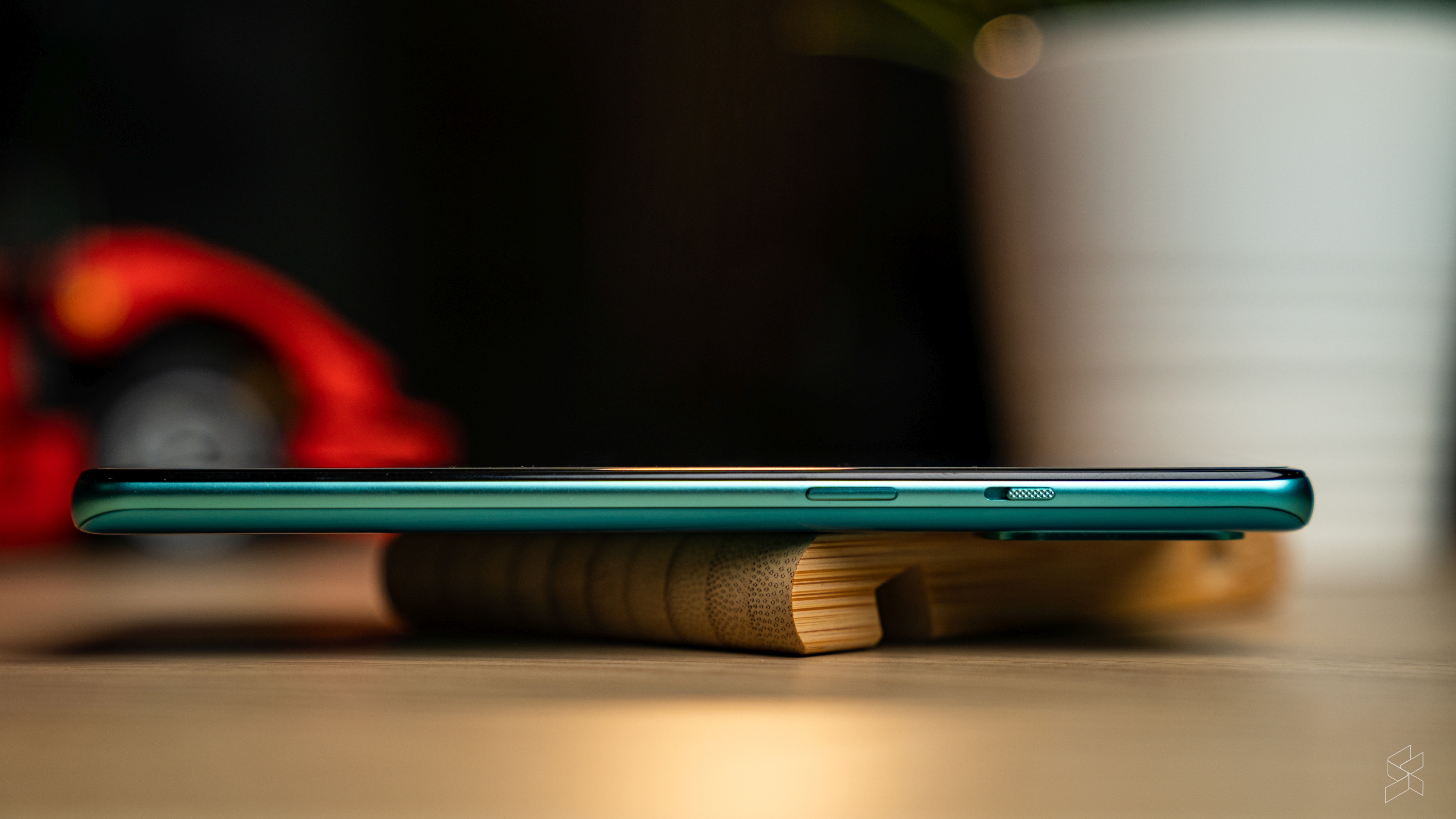Samsung’s Galaxy S20 FE 5G was a really interesting smartphone to me. For the price, I was deeply, deeply unimpressed with the regular Galaxy S20 line in Malaysia because of the sub-par performance from the Exynos 990 processor and measly 128GB of internal storage.
On the other hand, the S20 FE has most of what made the S20 line good, plus a Snapdragon 865 processor, double the storage, and a fairly accessible price tag of RM3,399.
But if we’re talking about new affordable flagship smartphones, we also have to talk about the brand new OnePlus 8T. Not only does this phone go blow-for-blow with the S20 FE, but it’s also a whole RM400 cheaper.
So, which do you get?
On the surface, this looks like a clear cut victory for team OnePlus, but, having used both of these phones for about a week, I have to say that it’s not quite that simple.
You see, while I agree that the OnePlus 8T has the better value on paper, I also think that if you’re looking for a complete flagship experience: you should be looking at the Samsung Galaxy S20 FE.
But, this is a comparison, right? So let’s hit the first main point.
The Performance
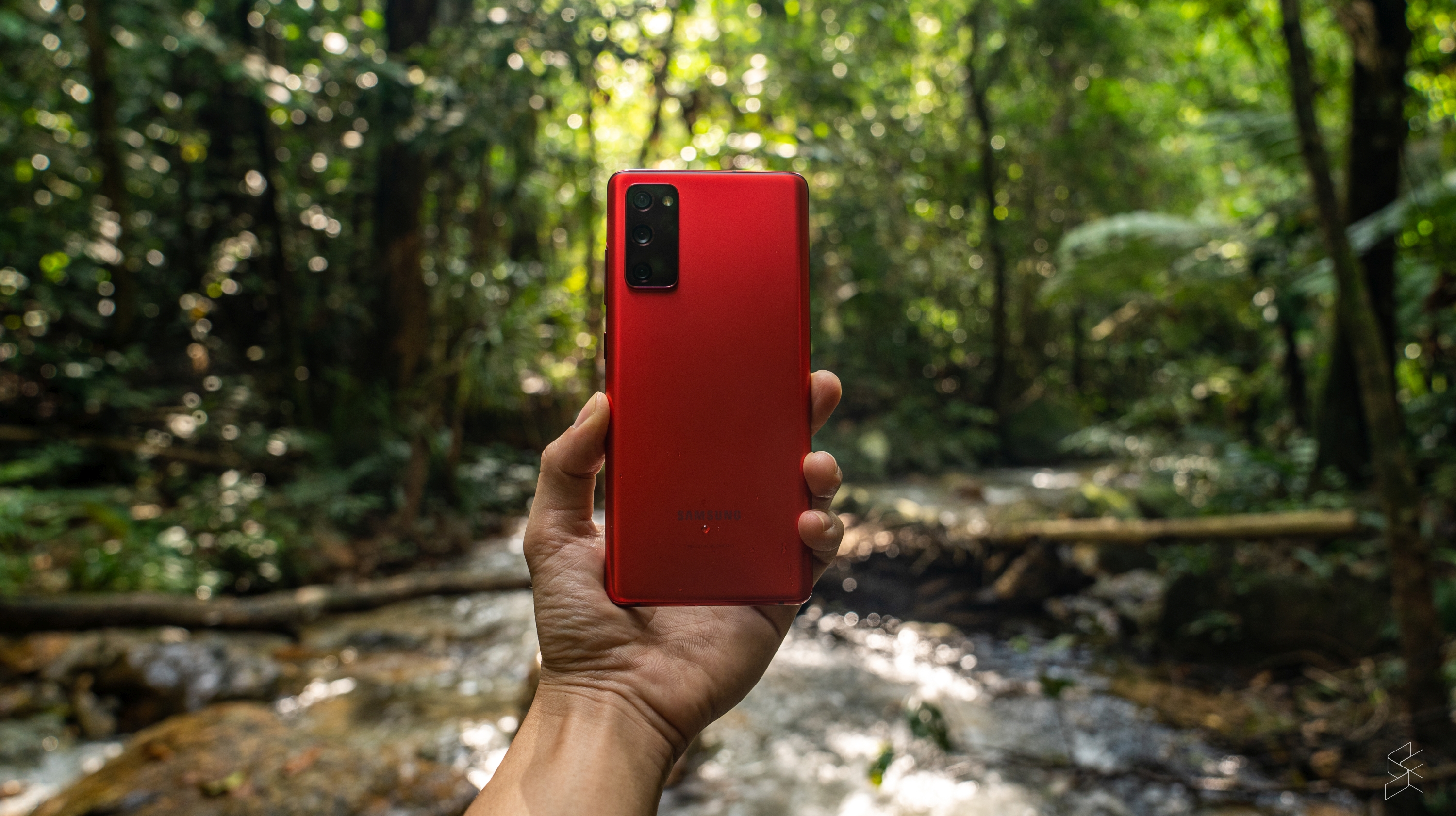
In this regard, these phones will trade blows all day. Both smartphones are powered by the Snapdragon 865 processor, which is a very capable flagship chip. The OnePlus edges out the S20 FE when it comes to RAM because this version comes with 12GB of RAM while the S20 FE only packs 8GB of RAM, but they both feature 256GB of internal storage.
For me, the important thing here is the storage because I really didn’t notice any performance difference between the two devices when it came to my daily usage. That is to say that I didn’t feel like the S20 FE was hampered for having slightly less RAM.
More importantly, is that if you are someone who needs a lot of storage, the S20 FE offers the option to expand storage via a microSD card slot while the OnePlus doesn’t. Both phones will run pretty much everything a high-end flagship will, and it’ll do so with the same level of performance. Games, movies, multitasking—I had no issues with either.
To keep the lights on, both devices come with 4,500 mAh batteries, and they offer excellent battery life. The capacity may not seem like much, but the processor and optimisation must be excellent here because both of these phones easily power me through a day with over six hours of screen-on time with my screen set at 120Hz. Sometimes even a day and a half.
Compared to the Exynos-powered Note 20 Ultra, which also has a 4,500 mAh cell, the Snapdragon-powered S20 FE almost doubles the screen time I got with the Ultra on similar settings and usage. The OnePlus 8T does beat the S20 FE out when it comes to fast-charging, however. OnePlus equips their phone with 65W fast-charging while the S20 FE only supports 25W fast-charging.
To make matters worse, the FE only bundles a 15W charger in the box, so if you want to unlock the smartphone’s full fast-charging you have to buy a separate brick. That’s not cool, Samsung.
Now though, it’s time to move on to the next topic,
The Display & Speakers
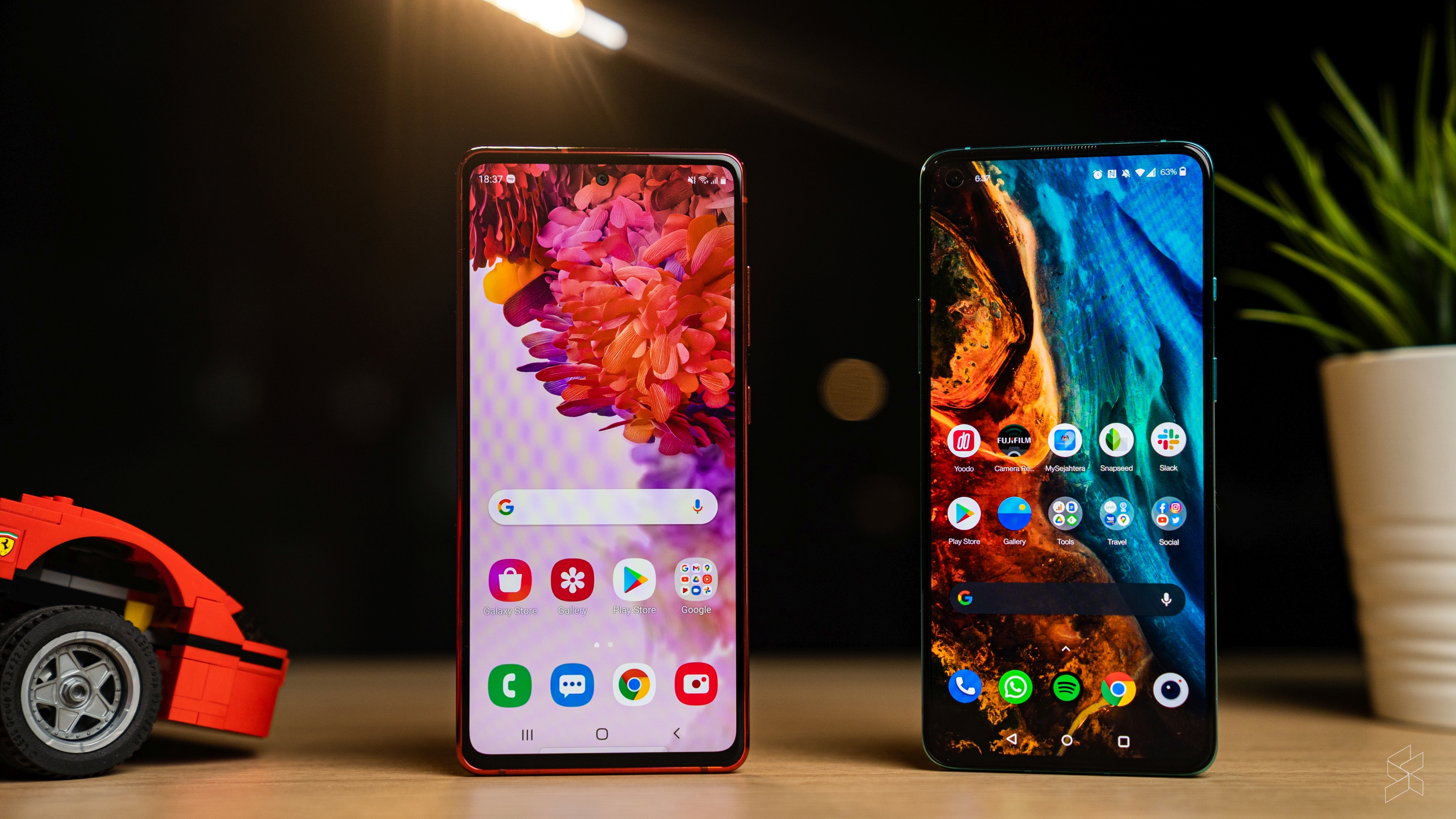
Again, both devices are very evenly matched in this department as they both come sporting really nice smartphone screens. The Samsung Galaxy S20 FE has a crisp 6.5” Full HD+ Super AMOLED display while the OnePlus has a touch bigger 6.55” Full HD+ Fluid AMOLED display.
Both panels offer 120Hz refresh rate with the option to switch between that and regular 60Hz so you can experience buttery fluidity, or extend battery life by kicking it down to 60Hz. I gotta say, battery life on these phone was more than good enough for me so I left them both at 120Hz all the time.
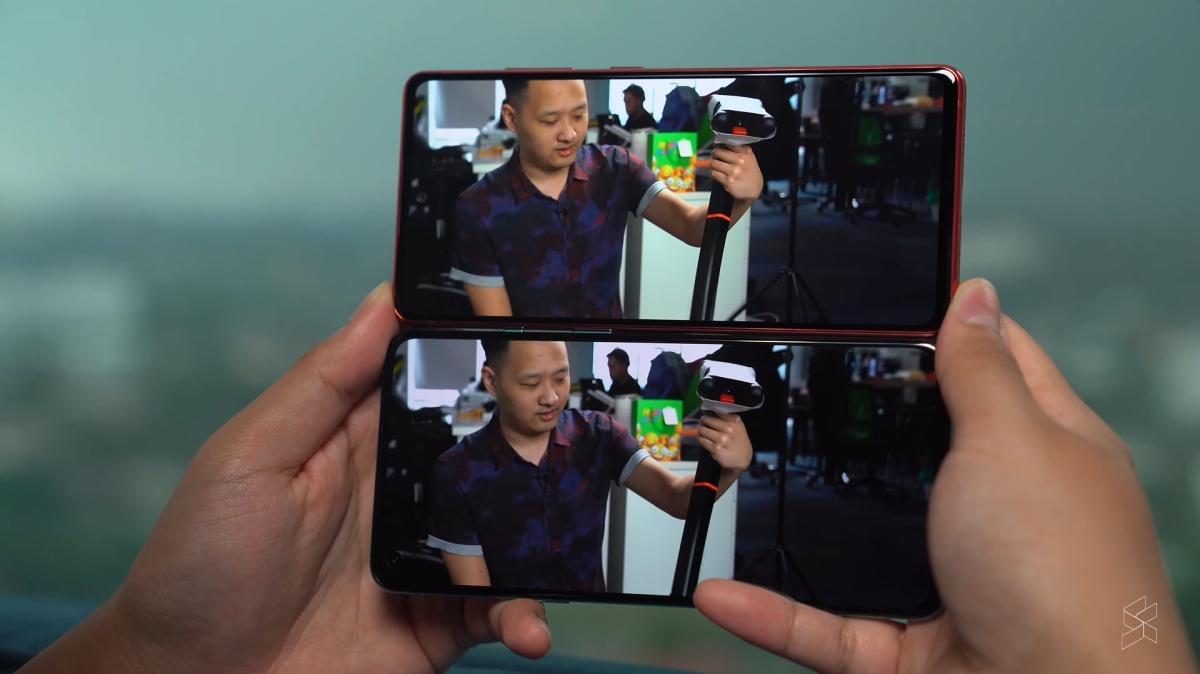
Being AMOLED screens, the panels also have excellent contrast, good brightness and viewing angles. Playing content side by side, the OnePlus’ display has a slight green tint to it that the Samsung panel doesn’t but I don’t think this is a deal breaker for most. Still, I will give the edge in terms of viewing experience to the S20 FE here—even if it’s by a hair.
What I did encounter on my S20 FE, however, was the touchscreen issues Samsung has been trying to fix. This would cause occasionally random ghost touches and jittery movement when I was using the phone which was mighty annoying. The upside here is that Samsung is aware of this problem and has been pushing updates to try and address this issue. Whether this problem will persist remains to be seen.
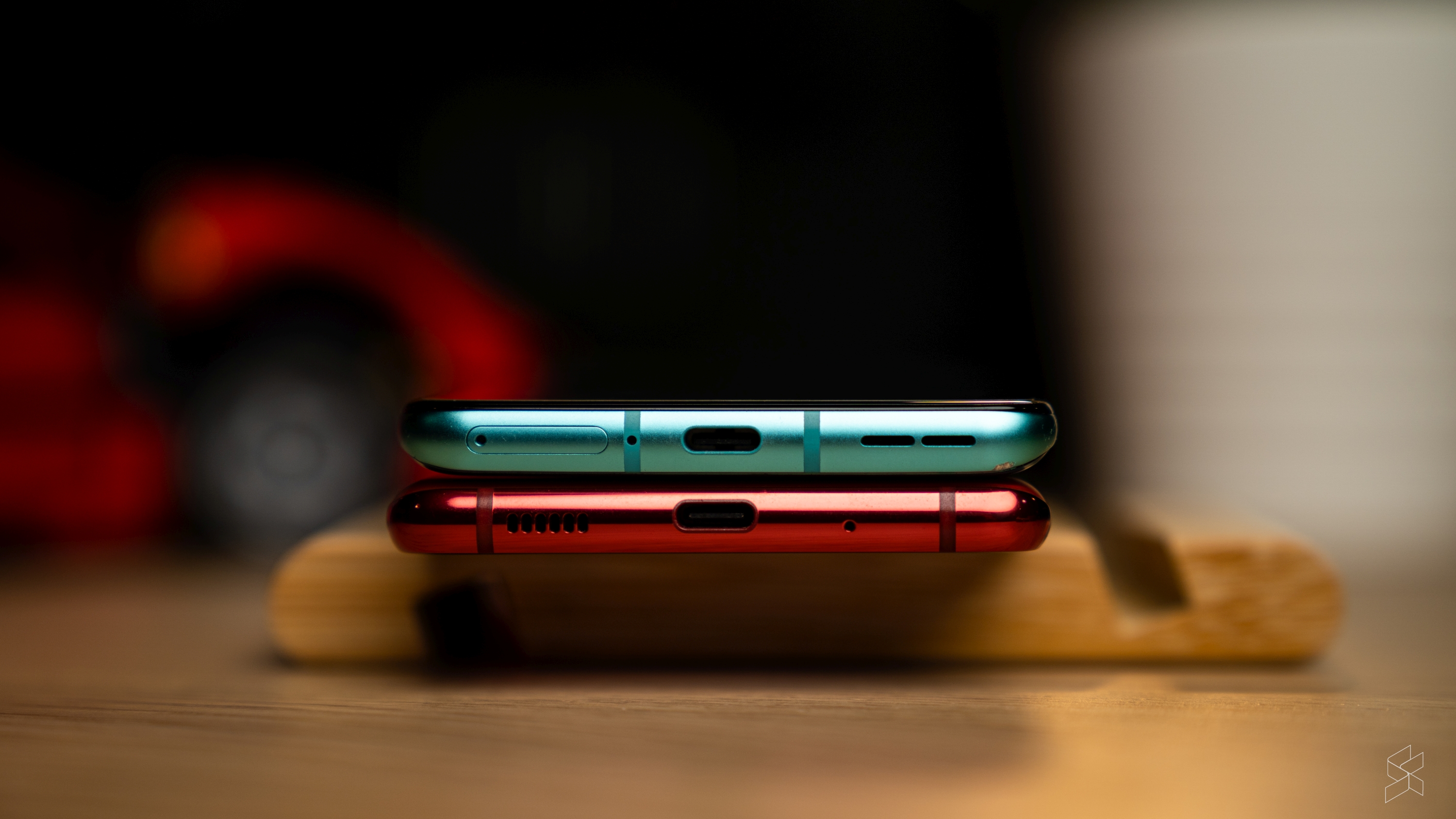
When it comes to speakers, I think the OnePlus has the slight edge here. Both have earpiece stereo speakers that sound pretty good. Not nearly as good as the high-end, but good enough for an enjoyable experience. That said, the S20 FE is ever so slightly softer than the 8T especially when it comes to vocals so that’s why I’m giving the 8T the edge here.
And, of course, this should come to nobody’s surprise, but neither phone has a headphone jack. Up until this point, both phones have been trading blows. And if both phones are so evenly matched why is there a RM400 difference? Is it really all just the Samsung badge tax?
Well, not quite. Remember how I said the S20 FE is the more complete flagship? Well, that starts with the camera.
The Camera
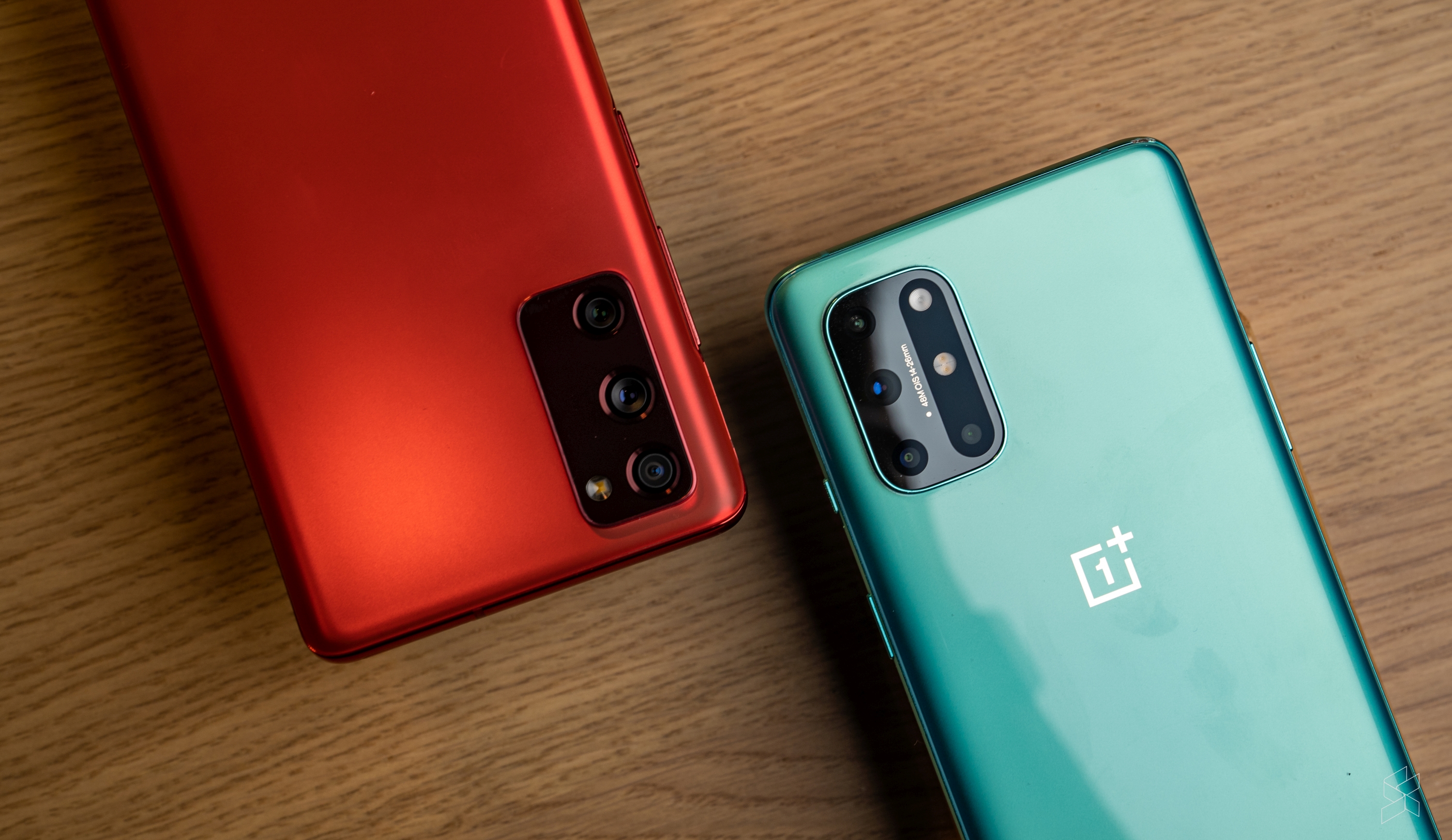
This is probably the biggest point of difference between the phones. I always thought the S20 FE would be a little better when it came to photography because of my preliminary testing, but wasn’t sure exactly how. That is, until I took a bunch of side-by-side shots.
The S20 FE features a triple camera setup. It has a 12MP main camera, a 12MP ultra-wide camera and an 8MP telephoto camera which gives it 3x optical zoom. Both the wide and telephoto have OIS which is nice to see.
On the other hand, the OnePlus 8T has a quad camera setup. There’s a 48MP wide camera with OIS, a 16MP ultra-wide, but the remaining two are rounded out by a Macro and a monochrome camera.
Those to me, are kind of pointless, so I’ll be focusing on the wide and ultra wide.
In daylight, both the Galaxy S20 FE and the OnePlus 8T are pretty evenly matched. In my opinion, it really depends on your preference here. The OnePlus has more natural, true-to-life colours, while the S20 FE has the oversaturated look you’d probably recognise from Samsung’s flagships. However, the SE’s images are far sharper and more detailed, but I know some people find this to look unnatural.
Personally, I like the crispness of the S20 FE’s pictures, but I like the true-to-life colours of the OnePlus 8T. The FE also outperforms the 8T when it comes to zooming with better reach and way more detail.
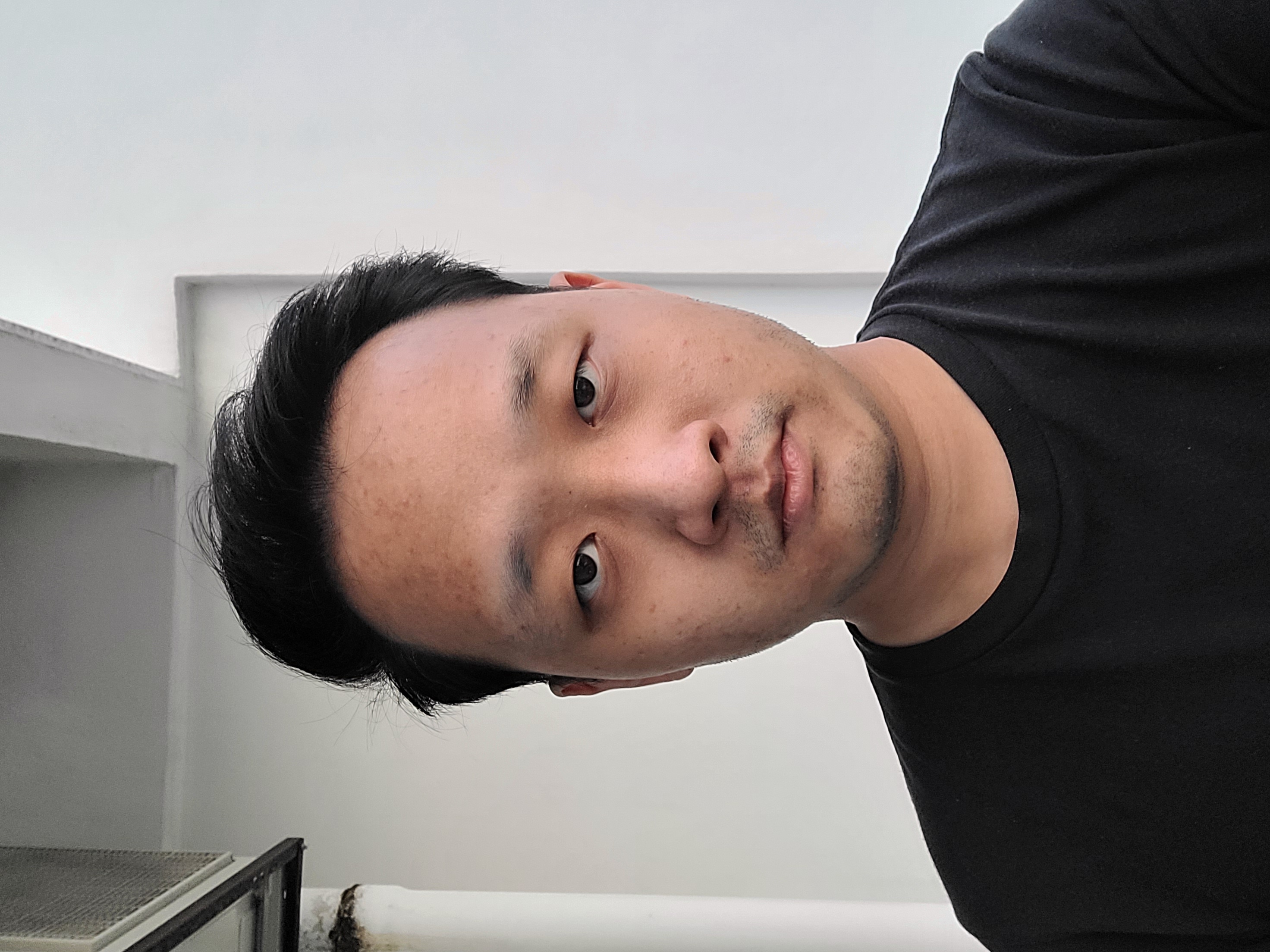
S20 FE 
OnePlus 8T
Both phones also have punch hole cameras up front with the S20 FE housing a 32MP sensor while the 8T gets a 16MP shooter.
That said, when the going gets dark. Well, things start looking really one-sided with the S20 FE basically whooping the 8T’s buttocks. I shot these images handheld with the phone’s respective night mode settings on and the difference was pretty shocking.
In every scene, I thought the S20 FE consistently produced the better image. It had lower noise, more detail, and less noticeable sharpening. And the most obvious difference came in this scene. This was shot in a very dark room, with just a little bit of light spilling in from the outside.
At first glance the OnePlus 8T’s image looks way brighter, but when you look a little closer you can see a massive lack of detail. I thought, this was because it was out of focus, or there was some handshake blur, but it’s not. What I found out, however, was that the OnePlus used a way higher ISO than the S20 FE.
That last picture, the S20 FE was on ISO 2500 while the OnePlus 8T was on ISO 25000. So yeah, big win here for the S20 FE.
The Premium Features
Besides the main pillars of what makes a smartphone good, the higher up the price point you go, the more important some of the more minor quality of life features become. I like to call this the “premium features” or the intangibles that differentiate a top-top-top of the line phone versus a bang-for-buck flagship. And when it comes to this, I think the S20 FE has a more complete feature set.
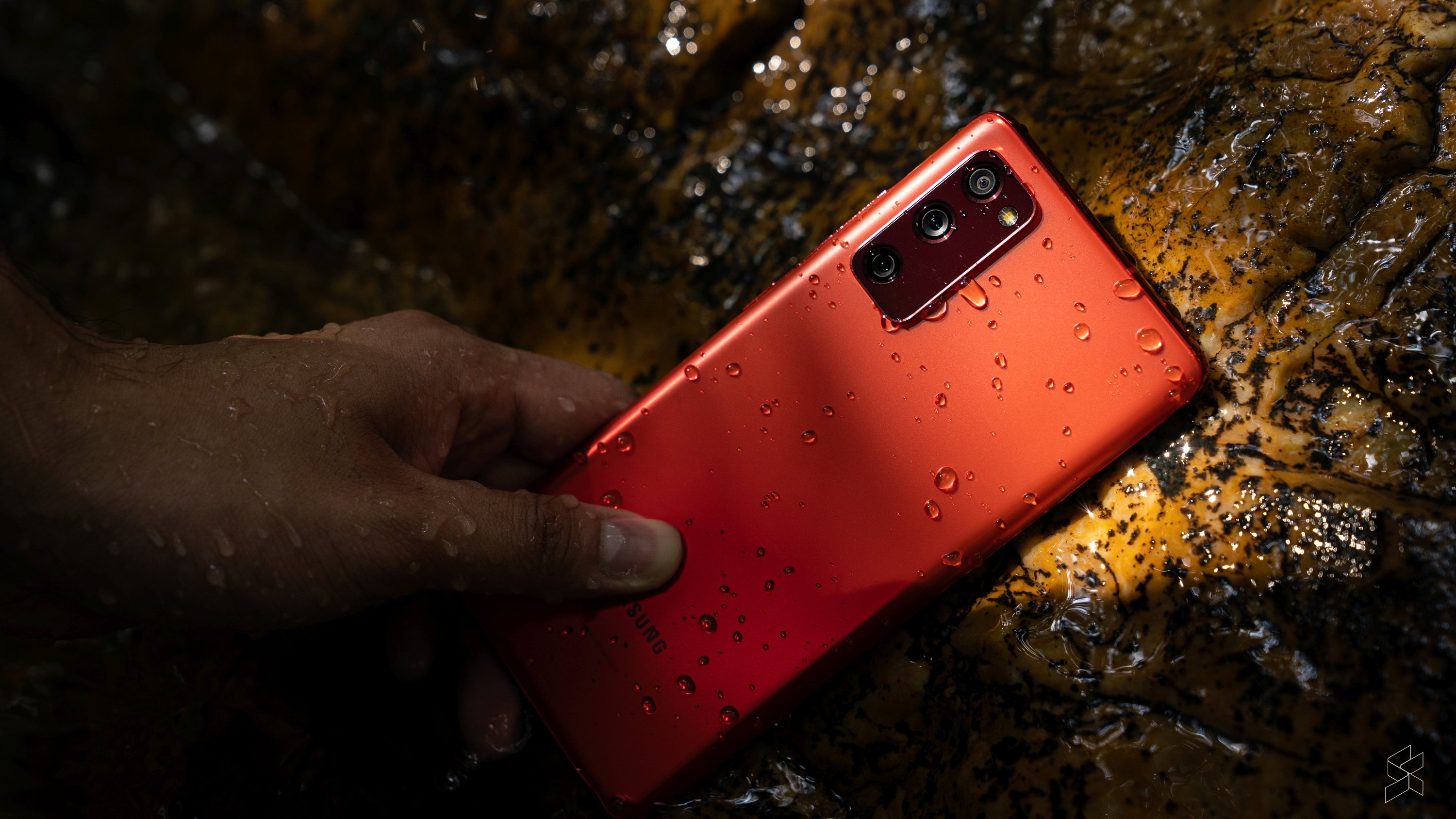
For starters, the S20 FE has IP68 dust and water resistance, while the OnePlus 8T doesn’t. And, while the S20 FE loses out in the fast wired charging war, the FE comes with wireless charging unlike the 8T.
Samsung can also leverage their ecosystem features like Samsung Pay, something a company like OnePlus doesn’t have access to. When you add these up, they definitely make a difference to the whole flagship smartphone experience.
Of course, that’s not to say that the 8T doesn’t have its own unique features. The Alert Slider is one of my favourite features, and that is still super useful on the 8T. This phone also comes with Oxygen OS, which I definitely prefer over One UI.
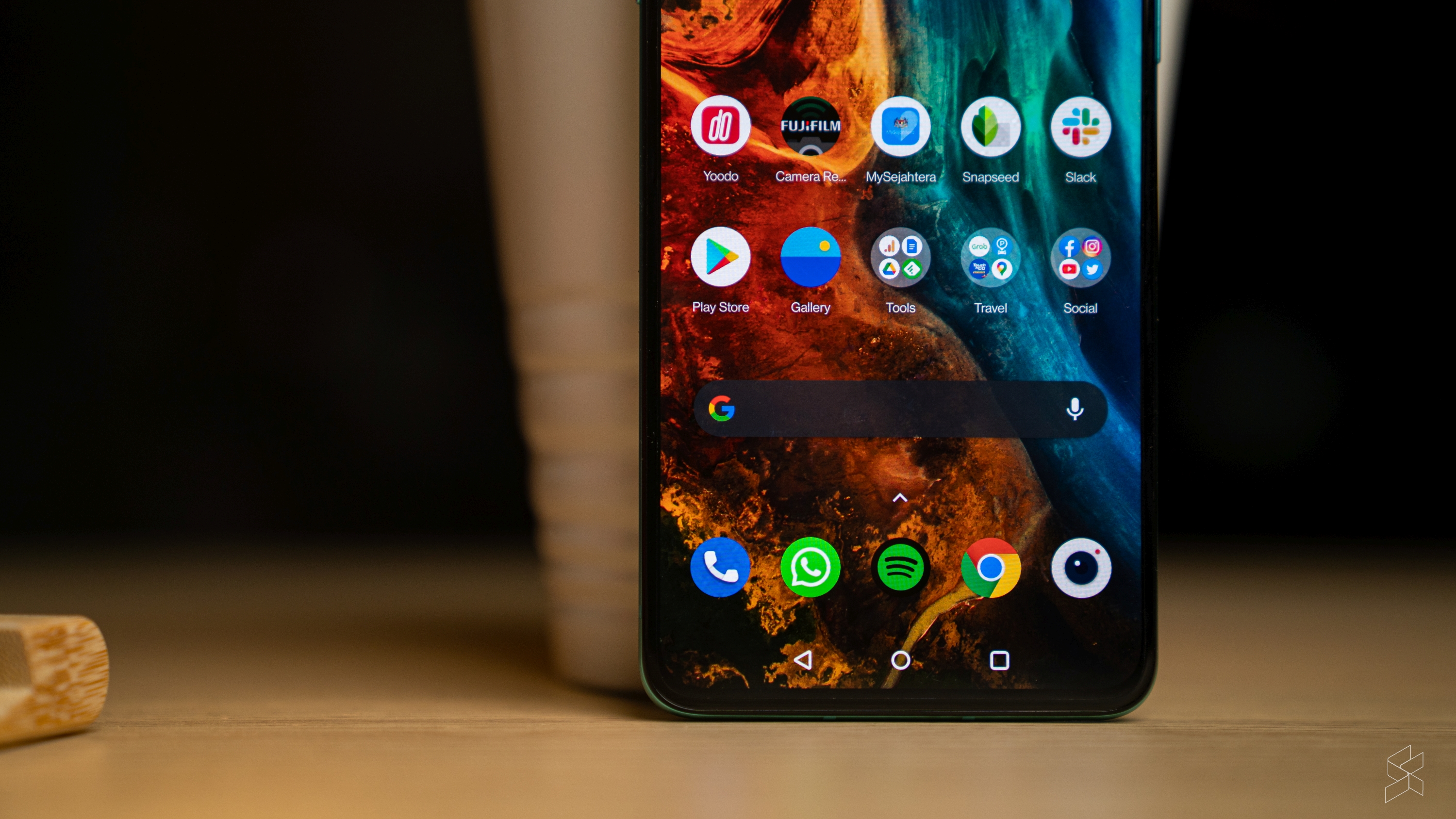
The 8T even has nicer haptics. Taps feel more like taps on the 8T unlike on the FE. It’s a satisfying little difference.
Interestingly, and I really think Samsung dropped the ball on this one, the OnePlus 8T has a glass back while the FE uses Samsung’s “Glasstic” plastic-made-to-feel-like-glass nonsense.
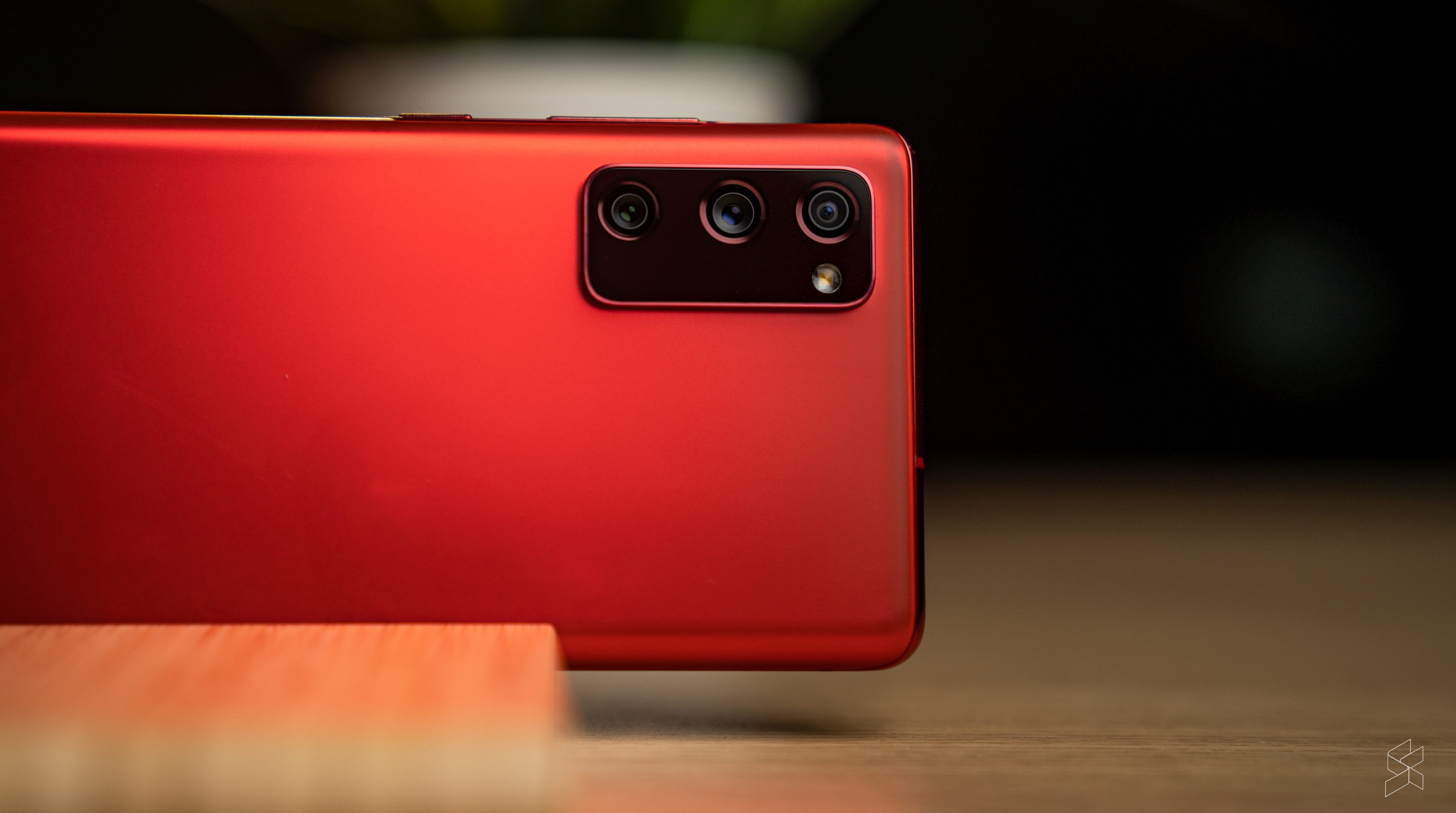
Really, Samsung? This is a RM3,399 smartphone and you couldn’t even give me glass? I mean yes, they both still have great builds, and really nice clicky buttons, but the fact that I know this is plastic doesn’t feel great especially since Samsung is so well known for their quality build.
The Verdict
OK, now that we have everything out on the table, which phone should you buy? I didn’t expect this to be this close, honestly. I thought the 8T would blow the FE out of the water.
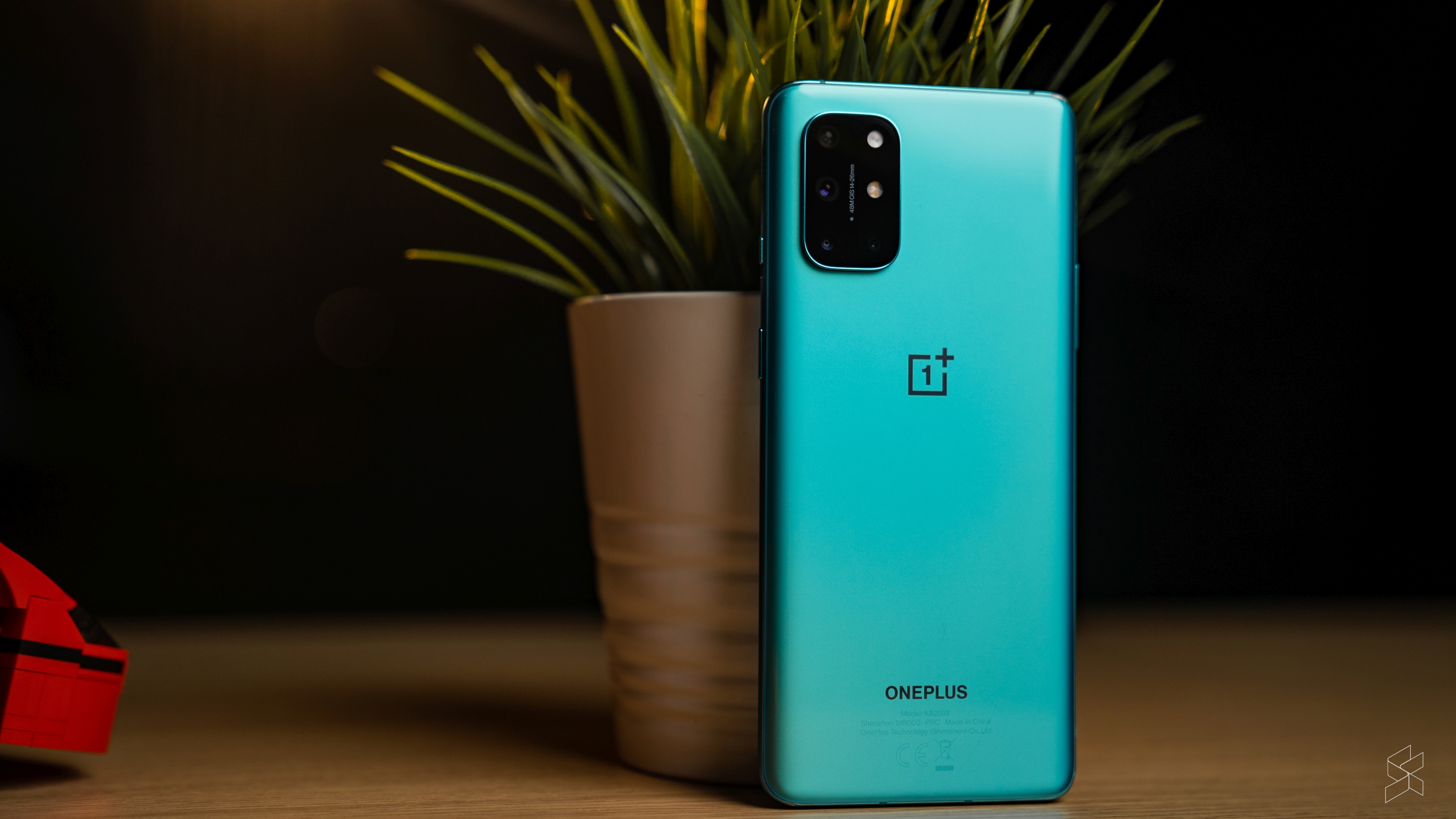
But, I think it really boils down to two factors: Do you need a complete flagship smartphone experience, and can you pay the RM400 difference. If your answer is yes to both, then I would go for the S20 FE. It’s a very complete package, and I’d even say that it is the only S20 you should buy this year, and that’s no small feat.
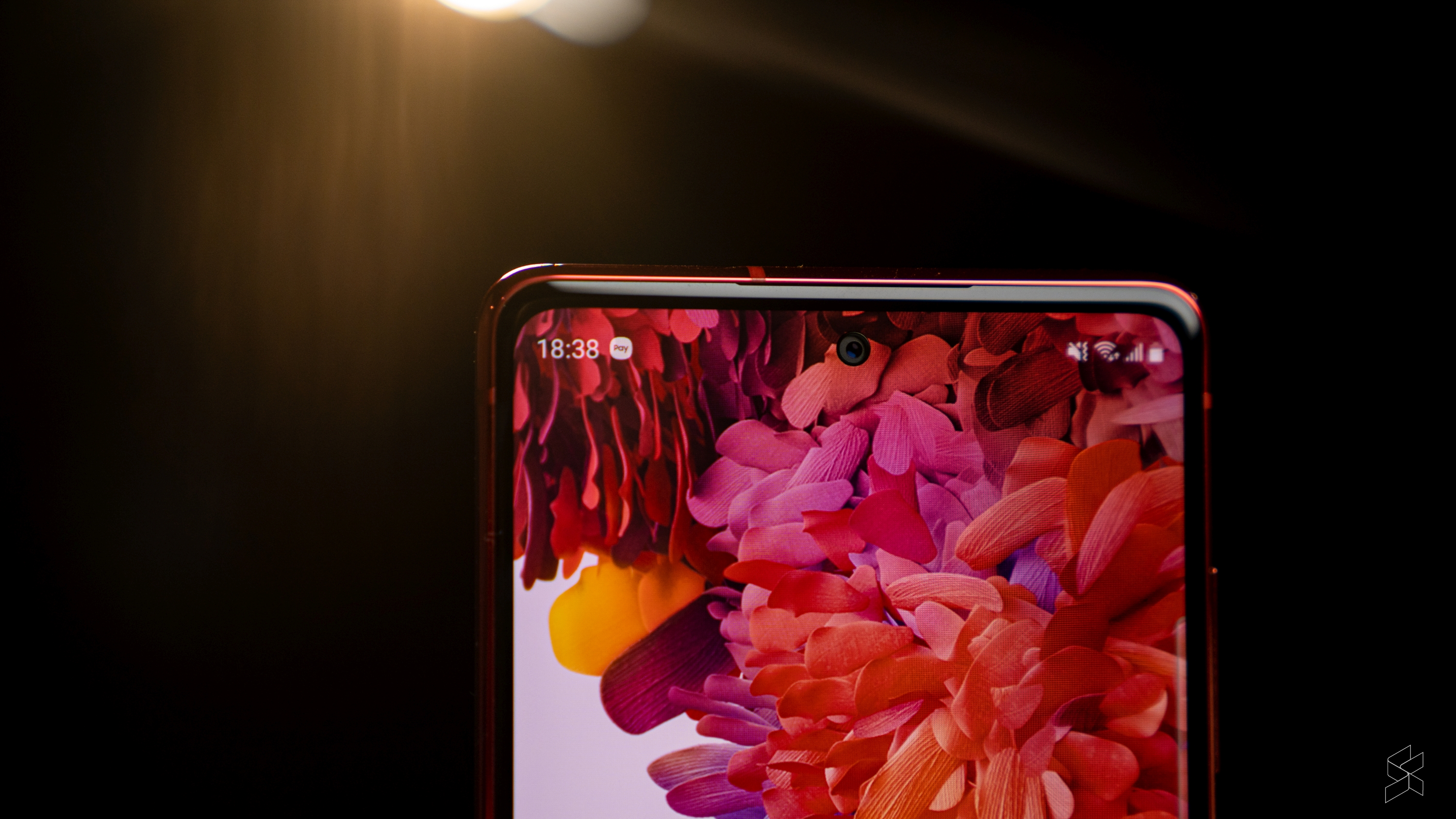
It is great across the board when it comes to performance, battery life, camera, and build–despite the plastic back. So, when you pair that with the high-end premium features it inherits from its more expensive brethren, I can start to see where the RM400 is going. And that makes it a great Samsung flagship to pick up for the price.
But if you’re more like me, well I’d rather go for the OnePlus 8T.
You see, I don’t need a super awesome camera. If my goal is to take photos, I’d whip out my camera. And for most of the times that I don’t have my camera, I think the 8T’s shooter is good enough for what I need.
I will be most sad to lose water resistance, but I don’t think that alone is enough to get me to spend RM400 more because I can live with the other limitations.
Photography by Zachary Yoong with the Sony A7 III.

